A2: PHOTOGRAPHY
PERSONAL INVESTIGATION
BUNKER ARCHAEOLOGY
A2: PHOTOGRAPHY
PERSONAL INVESTIGATION
BUNKER ARCHAEOLOGY
The Jersey Archive:
The Jersey Archive was established as part of Jersey Heritage in 1993. The Archive is the Island’s national repository and their purpose is to preserve the unique written cultural heritage of the Island therefore ensuring that future generations in Jersey can access archival material to learn more about Jersey’s past, as well as material on their predecessors. Since 1993 Jersey Archive has collected over 500,000 archival records from places or people related to the Island. Such as:

These records are now stored in our environmentally monitored strongrooms at the Jersey Archive and can be searched online. The Jersey Archive is the official repository for the Island documentary heritage, and can offer guidance, information and documents that relate to all aspects of the Island’s History. The archives hold records and documents of all kinds, some being:
These records are now stored in our environmentally monitored strongrooms at the Jersey Archive and can be searched online. The Jersey Archive is the official repository for the Island documentary heritage, and can offer guidance, information and documents that relate to all aspects of the Island’s History. The archives hold records and documents of all kinds, some being:
The long term preservation and security of the records kept in the archives is highest priority. Since the Public Records (Jersey) Law was passed in 2002 the Jersey Archive has been the official repository for all archival records produced by public institutions. The Jersey Archive does also accept records from businesses, clubs, societies and individuals. These can be donated or deposited on long term long loan whereby ownership remains with the depositing person. Once catalogued, documents are carefully packed in acid free materials and stored in the correct environmental conditions.

Online Archive:
As well as collecting and preserving records the Archive is committed to making archives available to all members of the local and worldwide community. Records that are stored at Jersey Archive are catalogued staff and made available via the Archives and Collections Online to allow easier access to these documents for people who may not be able to physically get there. Their website allows you to search through the archives by entering a name, place or subject that is relevant to your research.
Photography in Archives:
Photography has a double role within archives, as most photographs in the archives today were likely taken by random members of the public, they can be viewed today to give a sense of what life was like, what Jersey looked like and of the people who have lived here in the past. This is important as it shows how the island truly was and gives us a pure insight into the Island’s history without any bias or other motive. Many images in the archive have also been taken by photographers and artists over the years. However, while these images are truthful and show the island in years previous, the artist or photographer likely had certain ideas or concepts which their photographs had to adhere to, thus creating a sense of falsehood if images were staged or taken with certain intentions.
The occupation of Jersey began in 1940 on the 1st July and five years later ended on the 9th May in 1945 and was one of the most significant moments in the Channel Islands history.
The arrival:
Before the Germans fully invaded the Channel Island, the Germans wanted to ensure the that the channel islands had little to no defence, on the 28th June the Germans sent troops across from the nearby French coast (which had been recently been occupied by the Germans just a few days before) and landed an air attack against St Helier harbour in Jersey. German aircraft also strafed La Rocque Harbour. In total nine people were killed.The Germans then dropped copies of an ultimatum, on Jersey at 5:00am on Monday the 1st July, with a total of three copies dropped- two in Bath Street and one at the airport. They were then immediately taken to the Bailiff, Alexander Coutanche. Coutanche summoned the Royal Court at 9.30am, and the States met later and passed an Act to comply with the terms of the ultimatum. Copies of the translation of the ultimatum were put up around the Island with the following footnote:-
“The States have ordered this Communication to be printed and posted forthwith, and charge the inhabitants to keep calm, to comply with the requirements of the Communication, and to offer no resistance whatsoever to the occupation of the Island.”
Fortification:
Among the lasting legacies left behind by the German from the occupation include fortifications erected around the coast and some at other specific locations. Although many had been destroyed and removed just after the war to remove any remains from the Germans to what the civilians wanted to forget at the time, a lot have now been restored as a reminder of a period otherwise best forgotten. Many guns emplacements, bunkers, towers and other concrete constructions have remained to this day, some are now tourist attractions.
Life in the occupied island:
When the Germans took over the island they also bought a substation about of rules that required all citizens of the Jersey channel Island to follow. For example these included, a daily curfew, a switch to Central European Time, a ban on listening to anything other than German radio stations (subsequently relaxed, but followed later on by a ban on all radio use and confiscation of sets), a ban on private use of motor vehicles, a ban on sales of spirits and an order preventing the raising of prices of any commodity. Initially rationing followed the pattern already imposed before the Germans arrived, but as the Occupation years went by, restrictions became stricter and stricter.
The Jews:
There were many story on how the Jews were treated and their lives, these can be reached through the book written by Frederick Cohen, called The Jews in The Channel Islands during the German Occupation 1940-1945
He writes:
“The implementation of the anti-Semitic Orders in the islands had a substantial effect on the lives of the registered Jews as each measure cumulatively placed further restrictions of their freedom, singling them out from the rest of the community.”
One example given is that of Mr and Mrs Samuel Simon: “For example, Samuel and Beatrice Simon’s great-granddaughter remembered that they lived in a ‘terrible state of fear’, especially after they had received a deportation notice. Their actual deportation having been delayed due to Samuel’s poor state of health.64 They were traumatised by the special curfew imposed upon Jews, and indeed such was their state of fear that they kept their curtains closed all day. Shortly before Samuel’s death the Simons moved to their daughter Ella’s home at Langley Park, St Helier. Samuel died on 7 November 1943.
Liberation:
The Channel Islands were liberated a day after the official end of the war in Europe and this joyous event is celebrated annually on 9 May 1945. The decreasing numbers of islanders present then and alive today have, without exception, vivid memories of the final events of their occupation by German troops.
The occupation of the channel Islands lasted for five years from the 30th of June 1940 till their liberation on 9th May 1945. The whole occupation received little resistance however, it almost ended in near starvation in the last winter. Both Guernsey and Jersey’s civil courts were allowed to operate. They did change the time zone from GMT to CET and the rule of the road was changed to driving on the right. They allowed certain types of entertainment to continue like cinema and theatre, their marching bands even performed from time to time. Lil Dagover, a famous German actress of the time, even visited German troops in Guernsey and Jersey in 1944.
However, there’s been a lot of debate about the amount of resistance the Channel Island had against the German Occupies. The majority of islanders believed that resistance would have been counterproductive and would result in punishment for everyone. There was some resistance. Islanders hide slaves and Jews in their homes and people broke the curfew to graffiti messagers against the Natzis. Radios were banned during the occupation period, a rule that many people broke and got punished for. However, many historians argue that the islands did not resist enough and were very Churchillian. A quote from ‘Living with the Enemy in German-occupied Channel Islands’ says “did not fight on the beaches, in the fields or in the streets. They did not commit suicide, and they did not kill any Germans. Instead they settled down, with few overt signs of resistance, to a hard, dull but relatively peaceful five years of occupation, in which more than half the population was working for the Germans.” But then again what else could the people do. Their fighters had gone off to war, the Germans were heavily armying the place and after seeing how the German’s treated the slaves they brought over no one would’ve wanted to oppose them in fear for their own lives.
Life under the Germans was difficult. Many lost their jobs and couldn’t find a new one under a non-German employer. Deportations began September 1942 so morale fell. Essential items like food and medicines along with fuel was very little quantity. This caused a lot of crime. The only thing that prevented the majority starving was the red cross packages in the final winter. There are even some cases of islanders sharing their parcels with starving Germans. The Germans also placed a lot of restrictions on the islands. There were restrictions on; more than three people meeting together, freedom of speech, fishing and countless other things. People were forced to accept; a curfew, cycling in a single file, the German language in schools and eventually accepting a job from a German employer. There was confiscation of radios, houses, animals and weapons.
The history of Jersey and the Occupation is now looked after by Societe Jersey and the Jersey archive. This includes a photo archive of the occupation including images taken by the Germans, plans of the bunkers and occupation cards. The purpose of an Archive is to preserve pieces of history so people can come and look at photos and documents from the past. In Societe Jersey you go and look through the archive boxes then request images in a digital format for a charge unless you’re a member. You can only handle the images with gloves and they are kept in acid proof boxes in order to persevere them for as long as possible. At the Jersey archive you can look and registers of birth, death and marriage of your ancestors and view related documents online where you can pay a small fee to get a copy of. Archives act as repositories of history and knowledge in the way that they contain images and documents of mundane life and how things were back then. You can look up your family and trace them back. They remind us of where we come from and give us a window to the past.
Societe Jersey was founded January 1873 by a small group of prominent islanders interested in history and preserving it for others. In 1893 they founded the Jersey Museum which is now looked after by the states but Societe Jersey can still put their collections in the museum. Their most important sites are La Hougue Bie, which they purchased in 1919, and La Cotte de Saint-Brélade. They have carried out massive excavations at those sites. There is an annual membership.
Jersey Archive was established in 1993. Their purpose is to manage, preserve and provide access to the past to the people of jersey. As of 2017 thousands of images from the Jersey Evening Post photographic archive are now available to view online. People who come to read material require a reader ticket and must wear gloves if it’s a really old document. These can be provided at the reception. However, you can also email them since they are on social media platforms. The archive helps provide information, settle legal disputes and show property ownership.
For me the experience of going down to Societe Jersey was useful because it gave us an idea about what life was like in the occupation and began to think about creating narratives. I personally learned there were two sides of the occupation. The side that should the German’s taking part in the community and being friendly, and the other which was the slaves and the arming the bunkers.
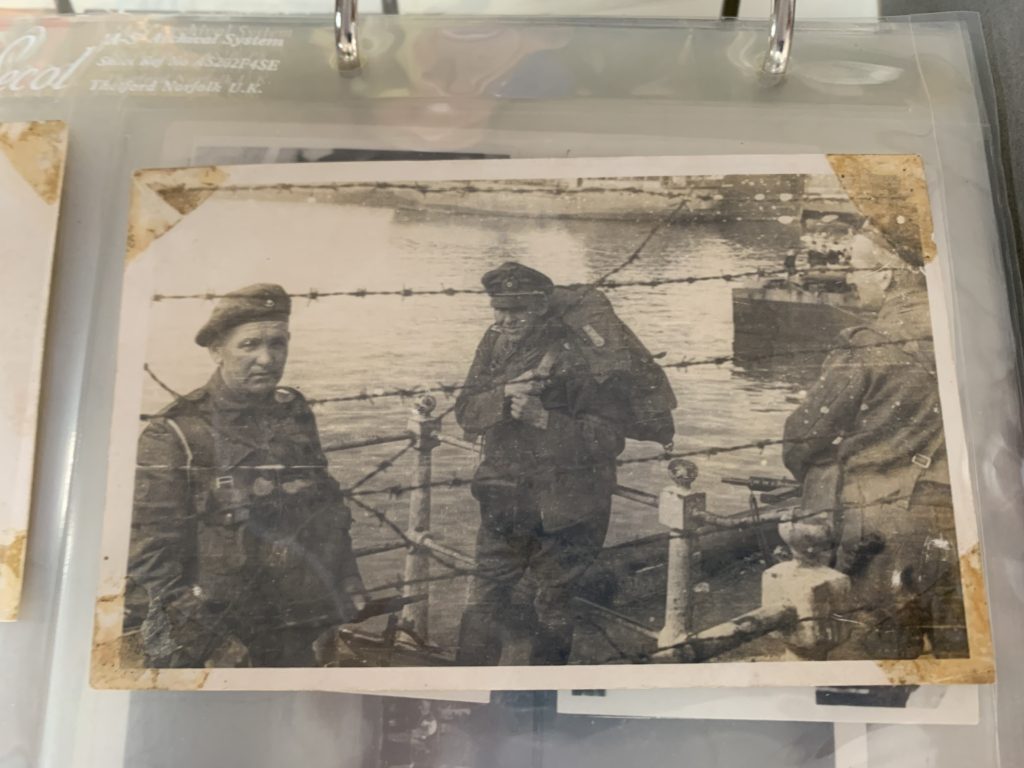
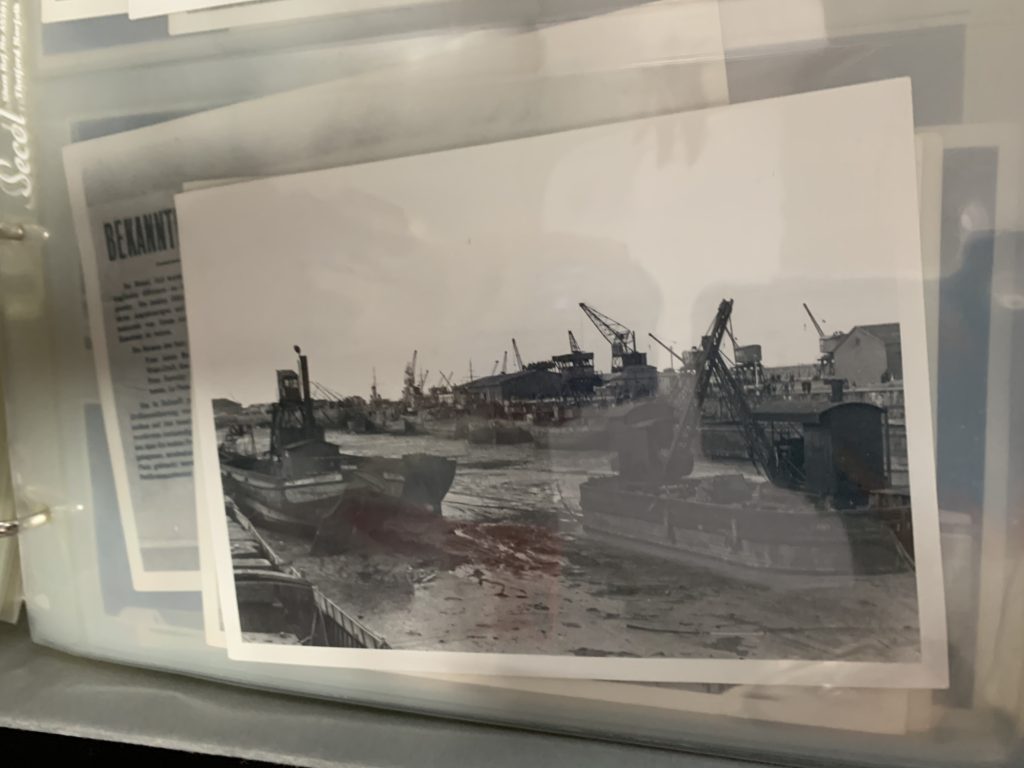

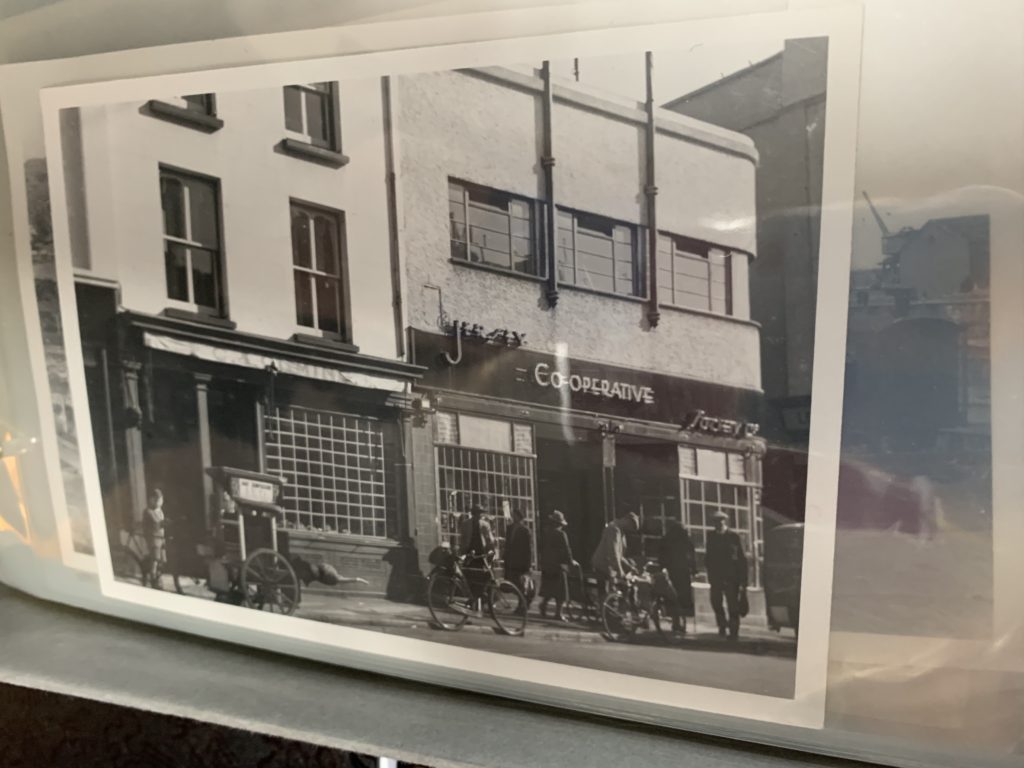
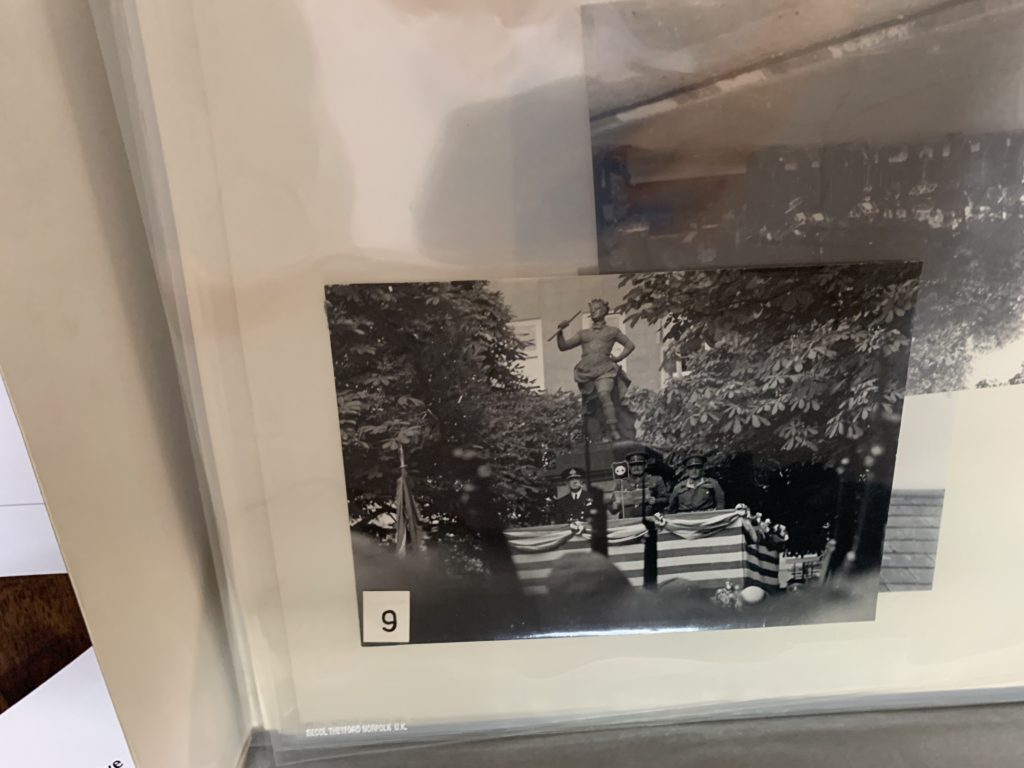
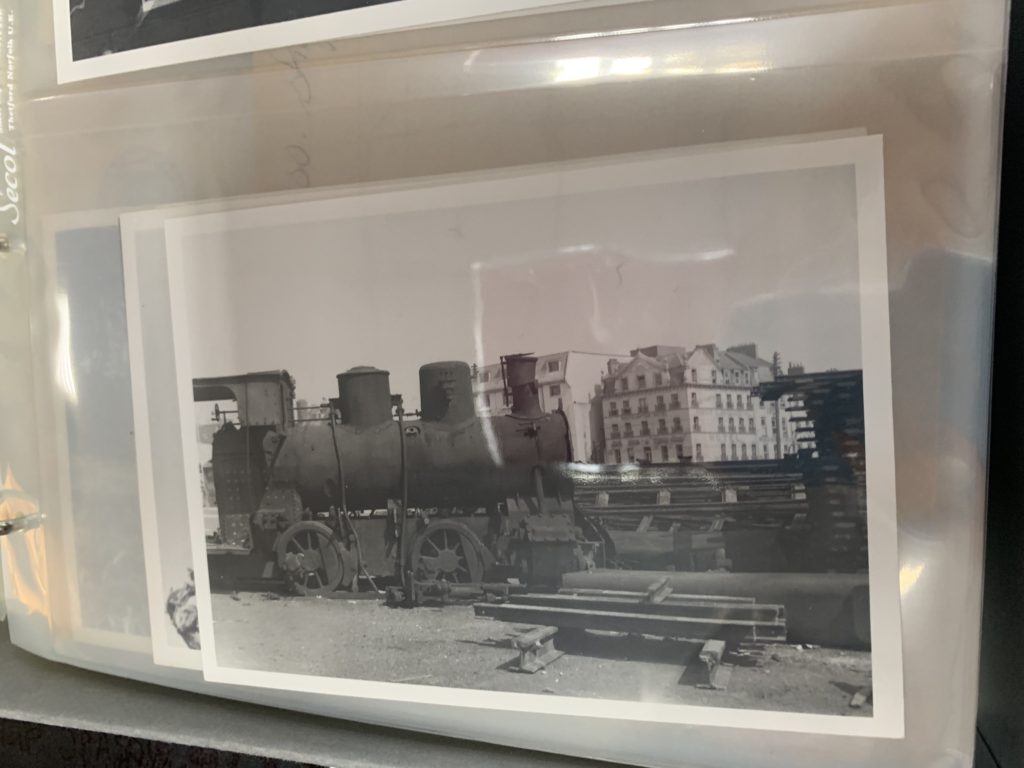
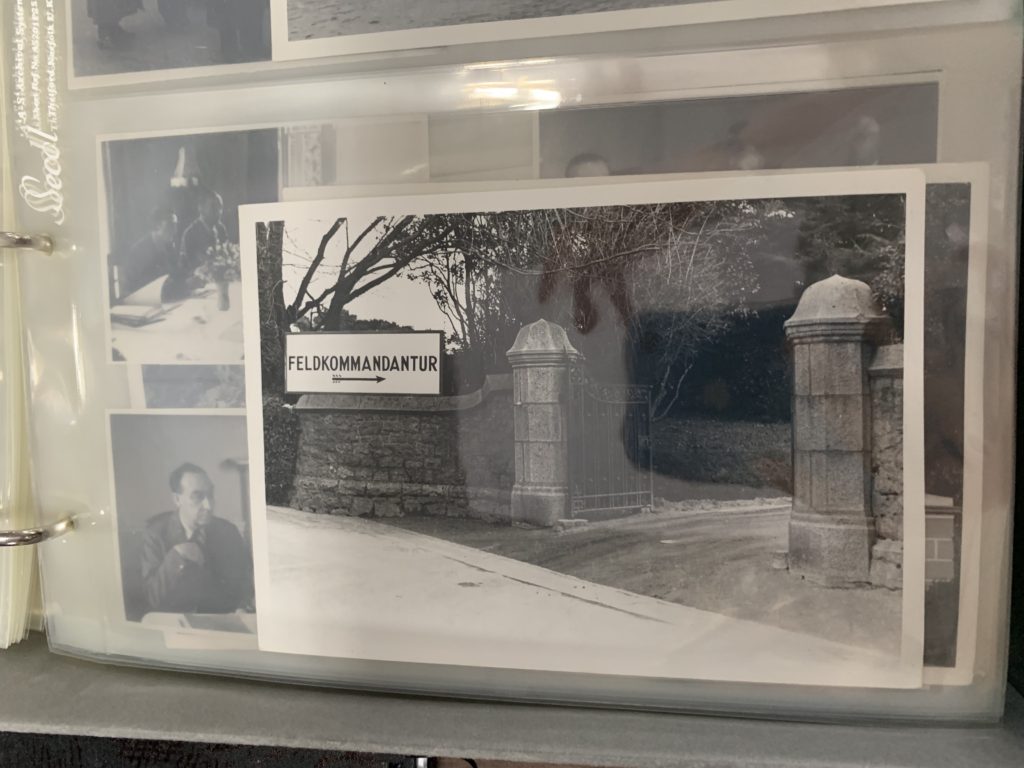
What was most interesting about the Archive trip was seeing the way Jersey was in the past and how it compares to our modern life. It was also interesting to see how Jersey was under German influence. What surprised me the most was how the majority of the images are saw showed them getting involved in the community.
On the 4th June 2019, we went down to the jersieise societe where we got an introduction to our A2 course and the history of the German Occupation in the Channel Islands.
Firstly, we got a brief history into the photographic archives, in what they store and keep. After this we worked in small groups going through a selection of images in boxes from the archives by different artists, then we had to pick up to 10 images which we wanted to used. these are the images I picked:

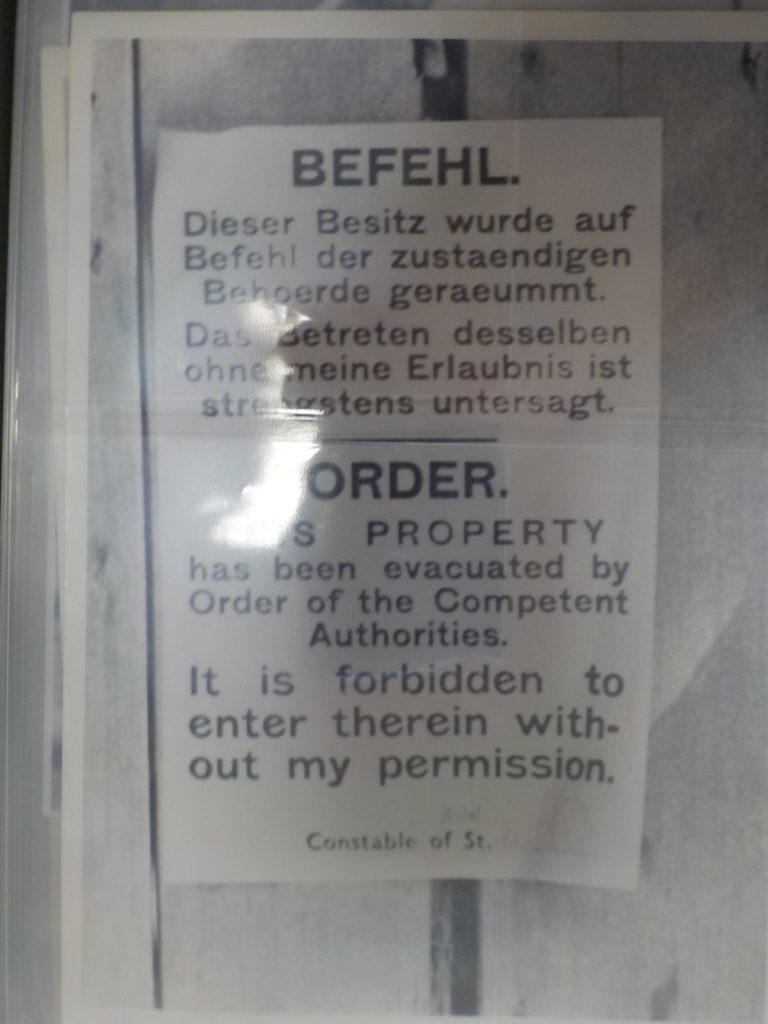
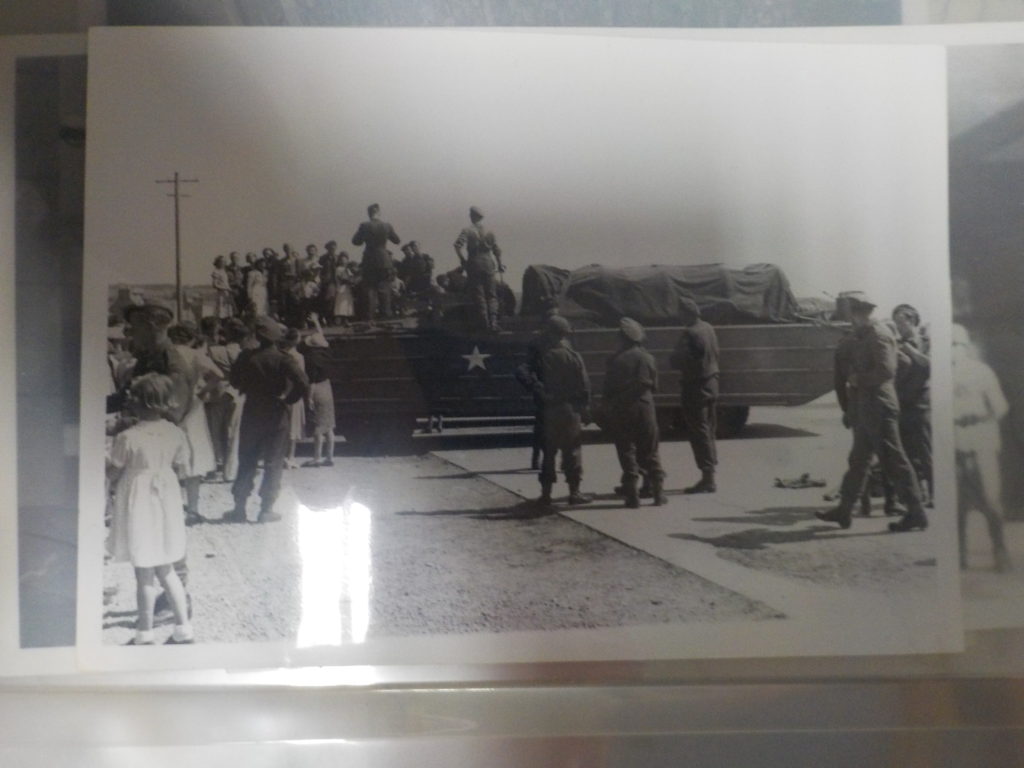
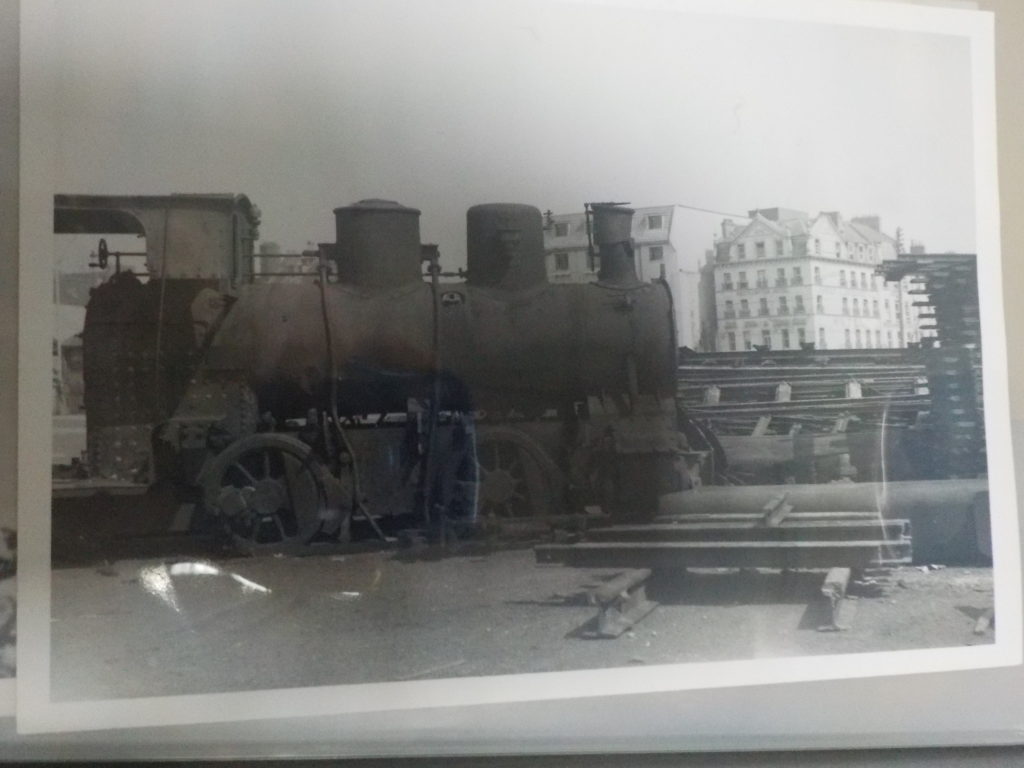
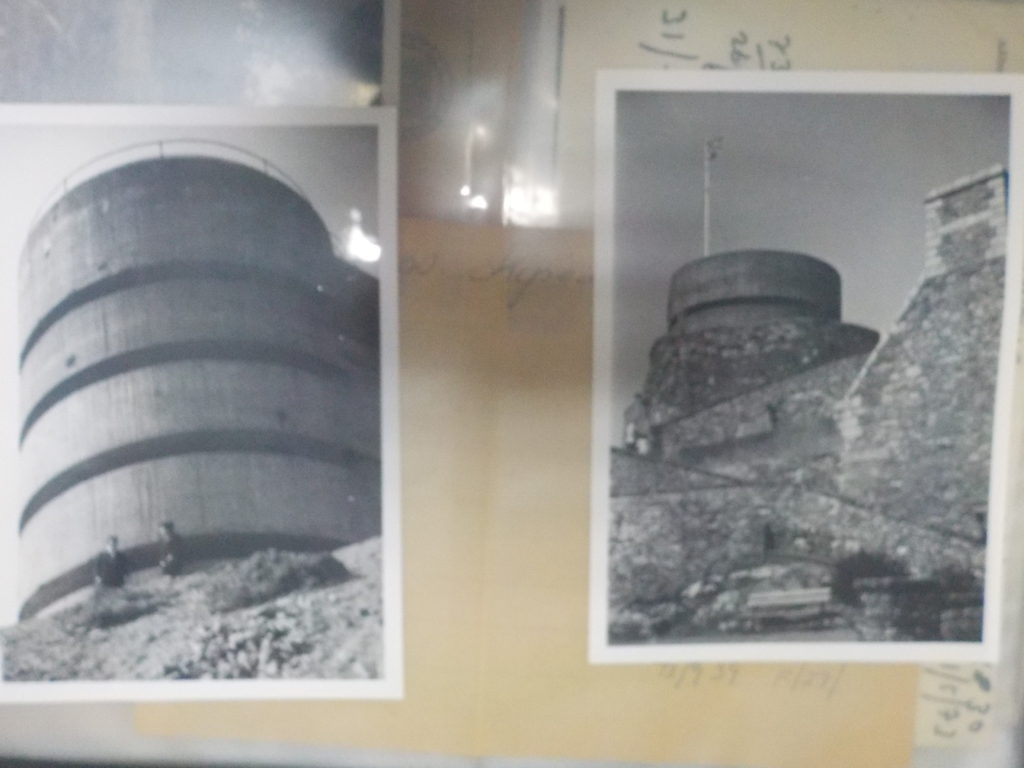


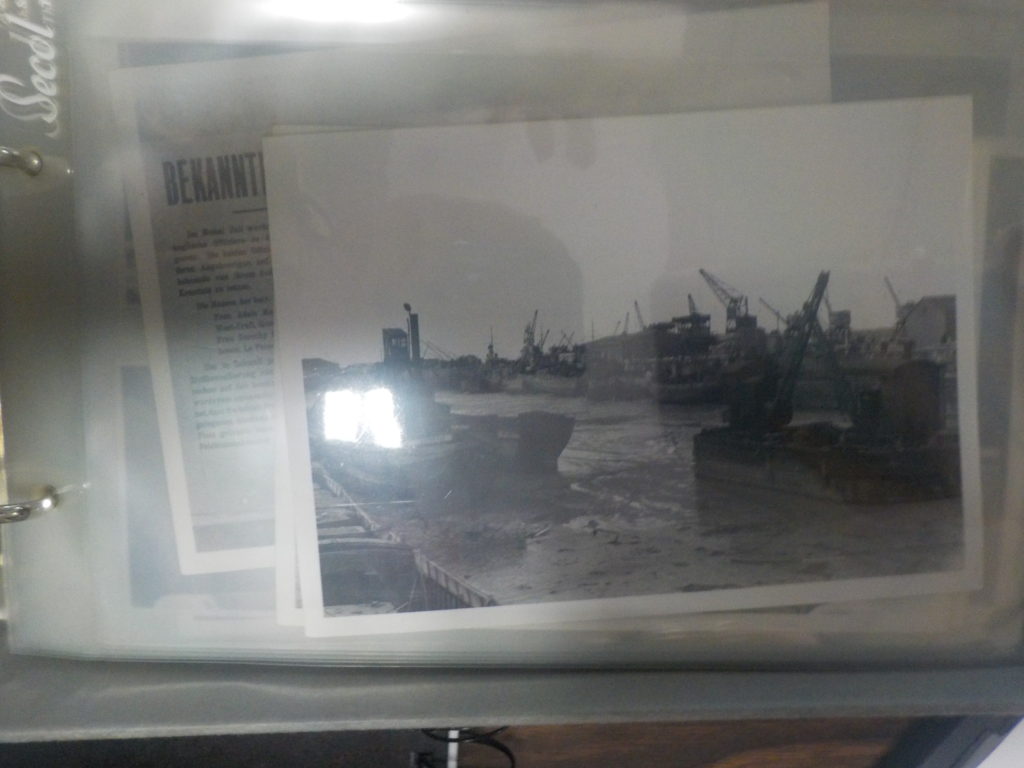

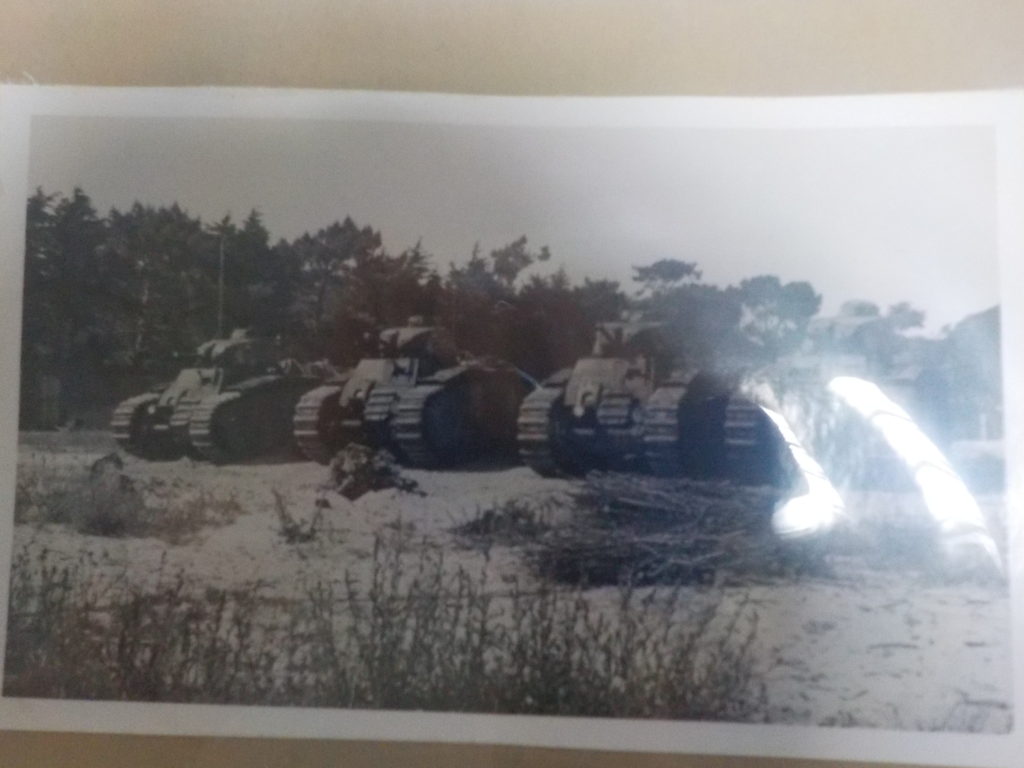

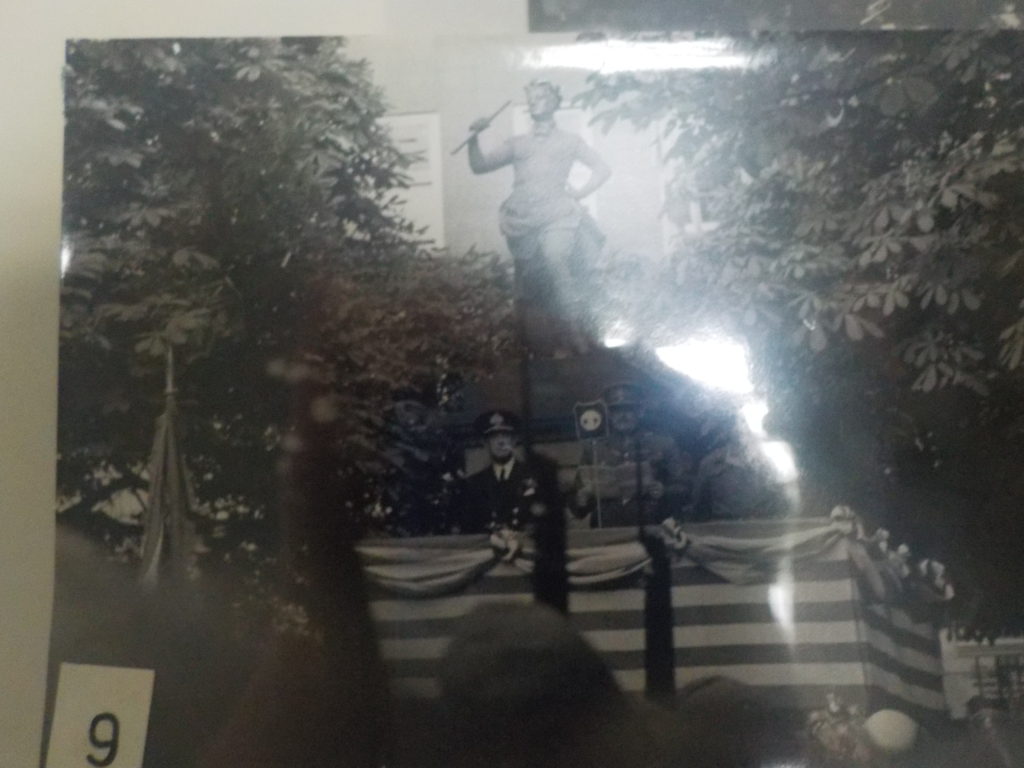
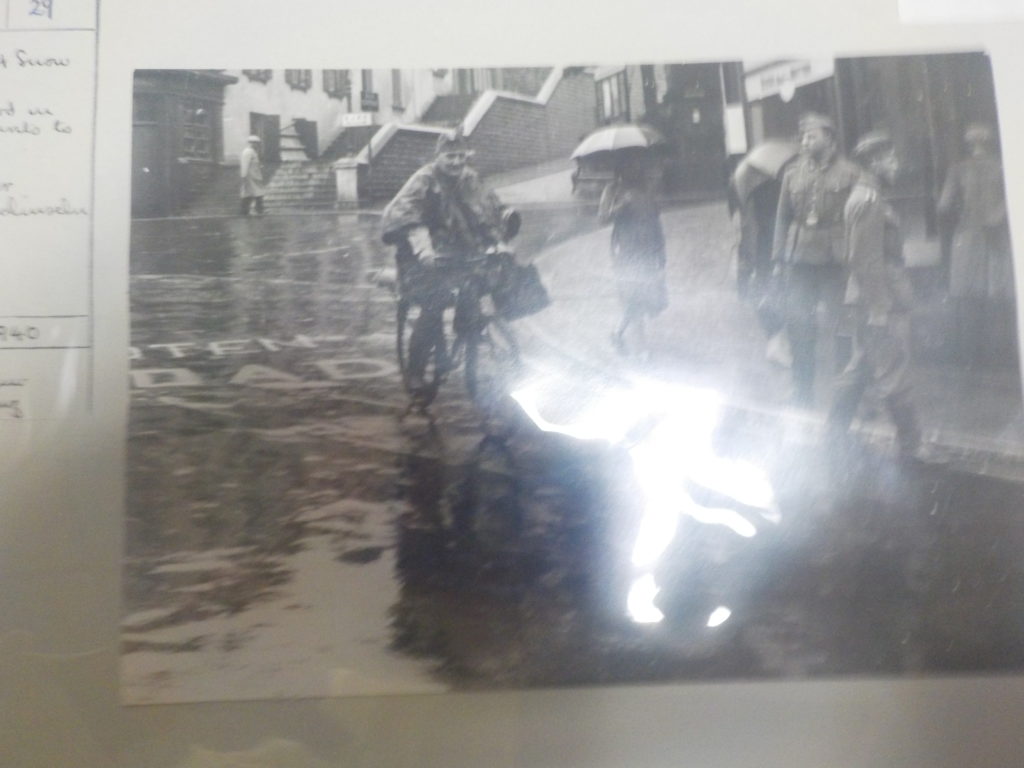

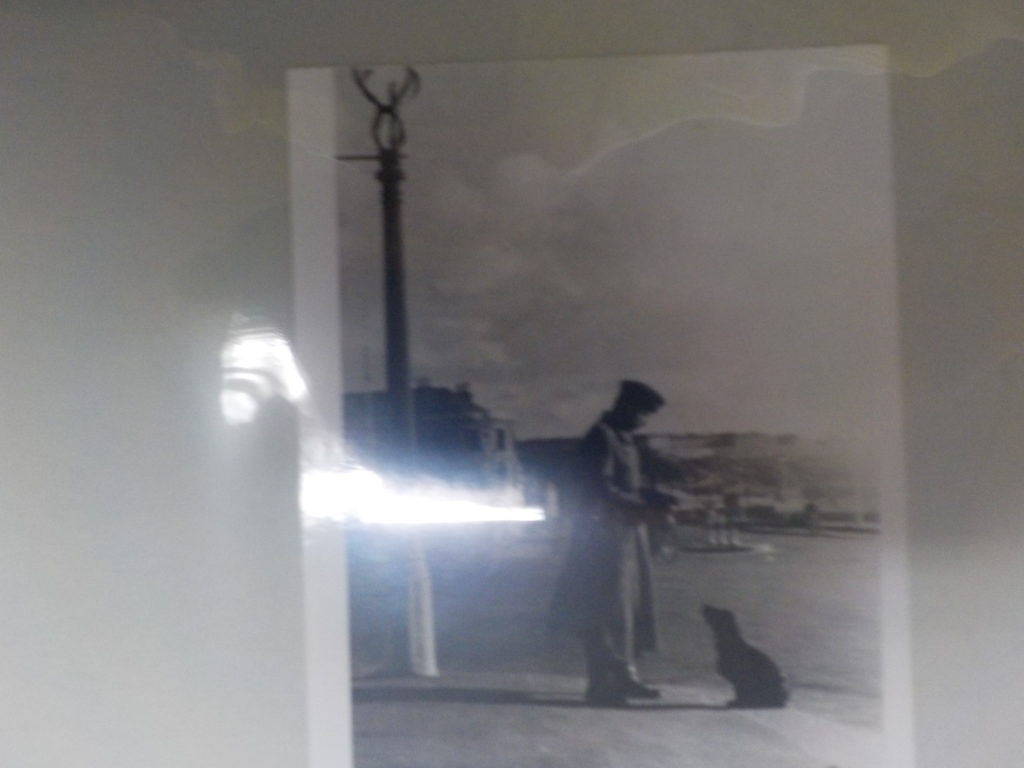
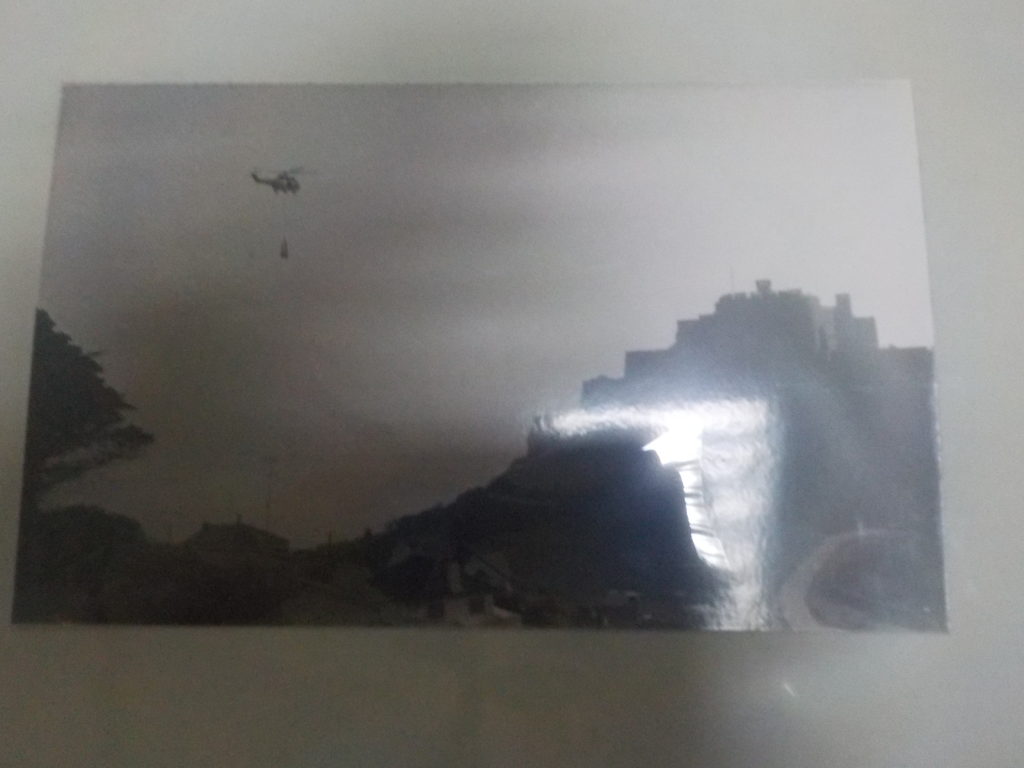

Our 3rd task was to create a story with a selection of images we got given, our group decided to pick 3-4 images per theme and then put them together. This is what we came up with:

After this we went into town on a photo shoot to take images corresponding to the German occupation in St Helier.


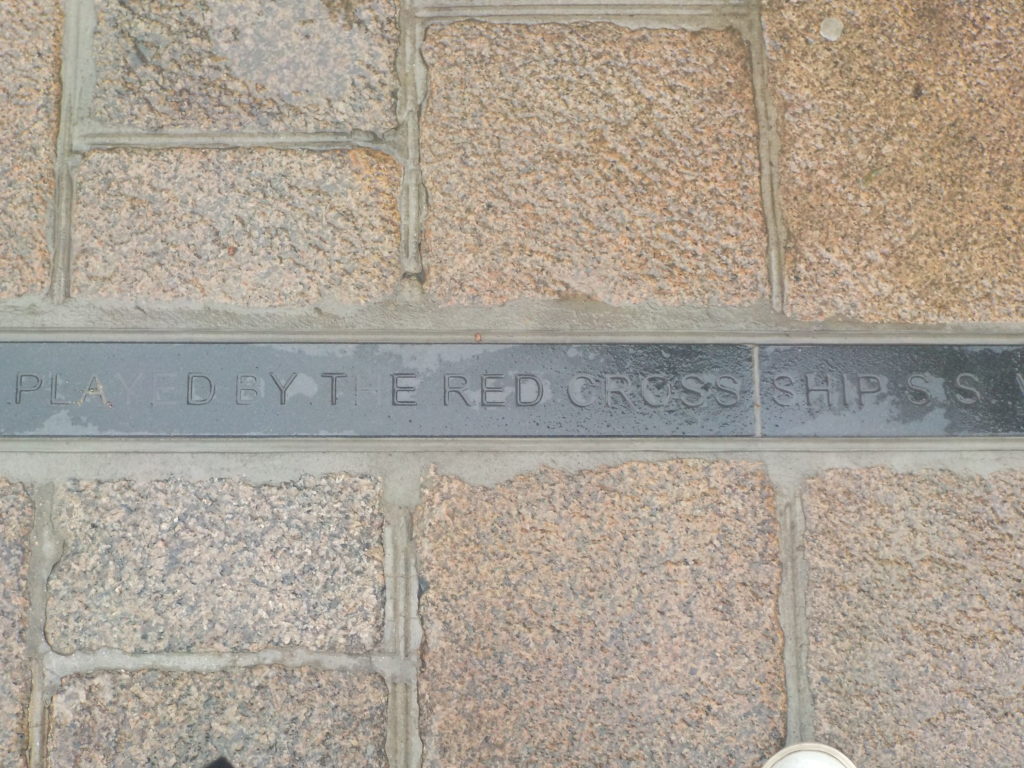
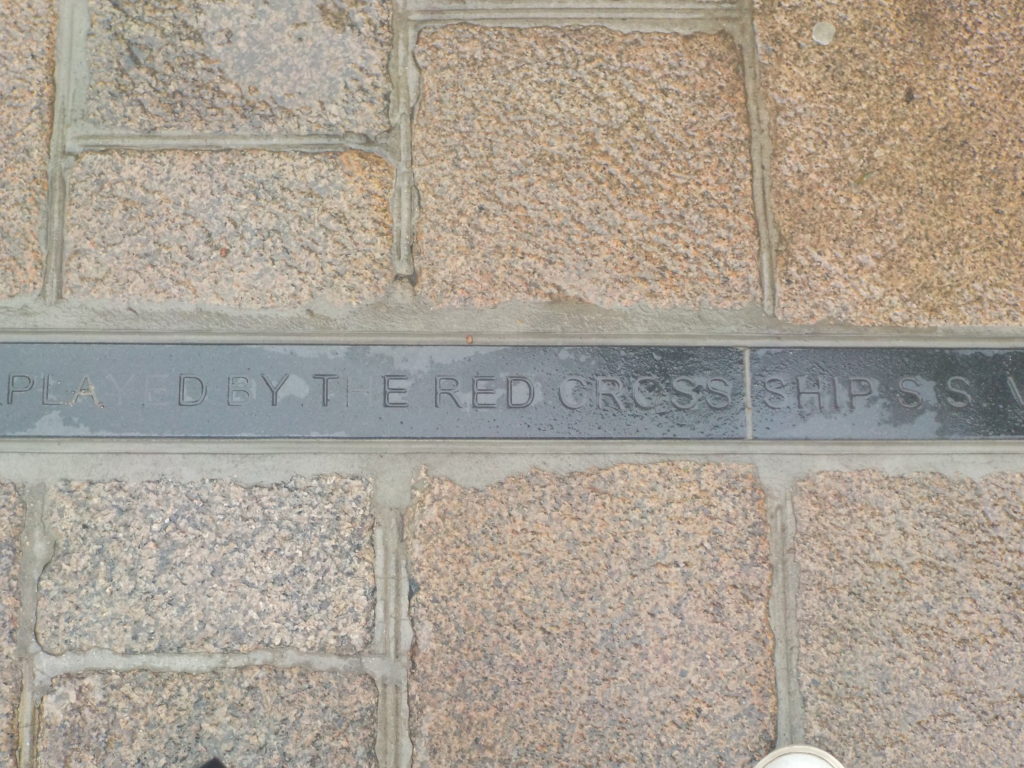
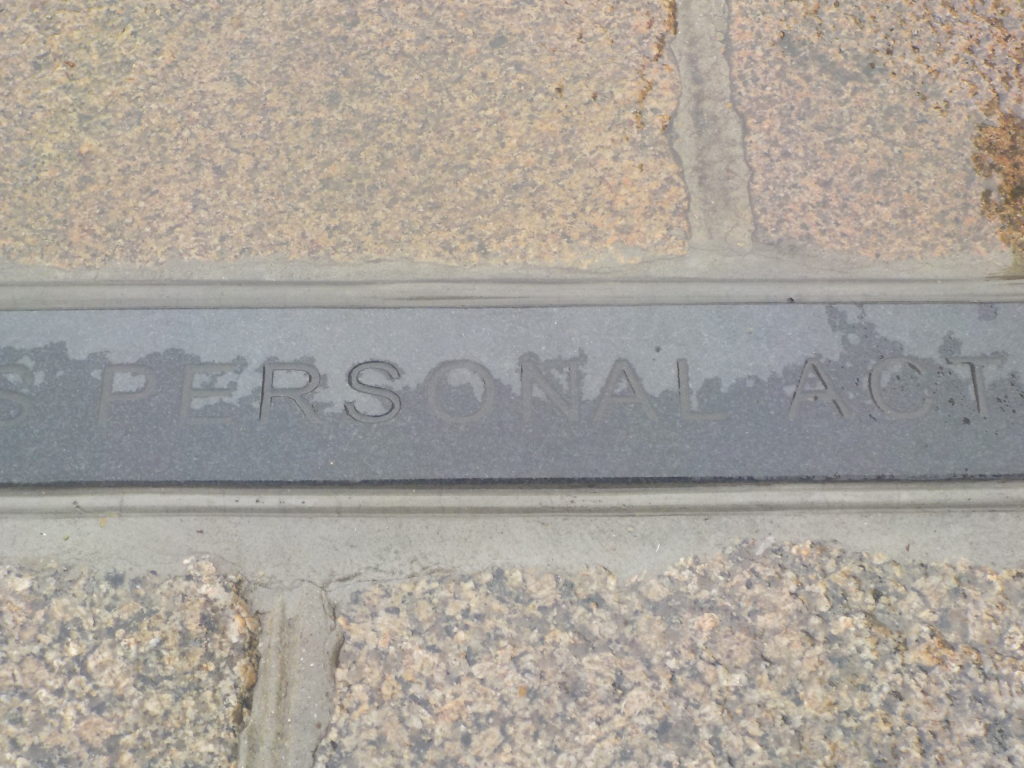
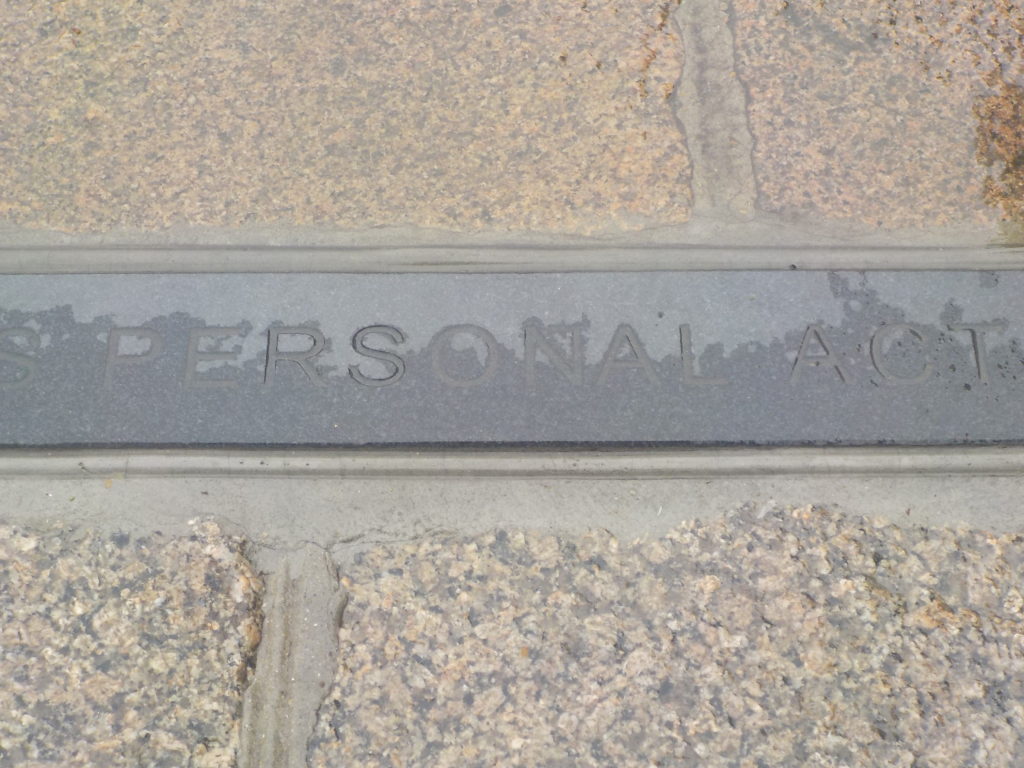
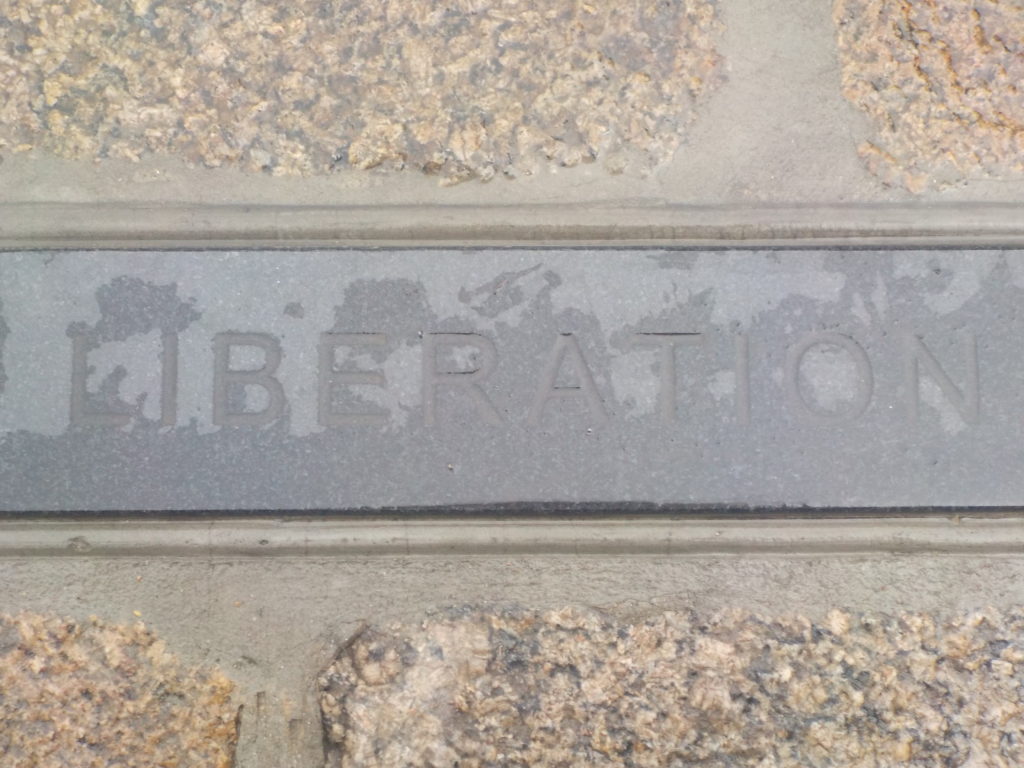
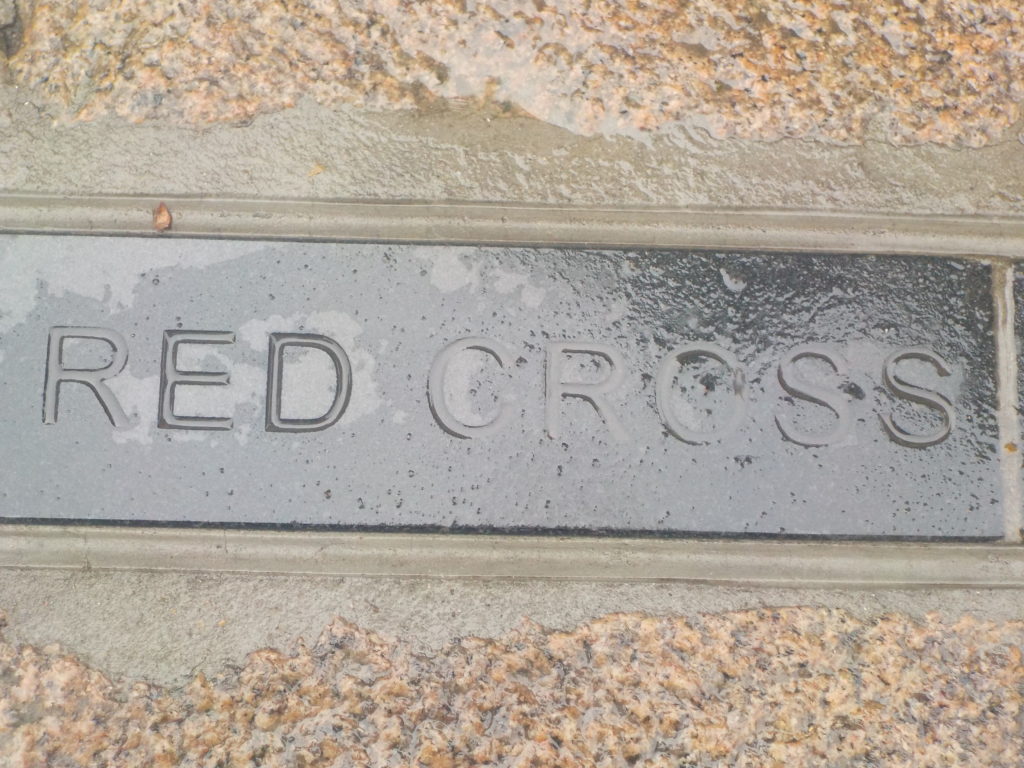
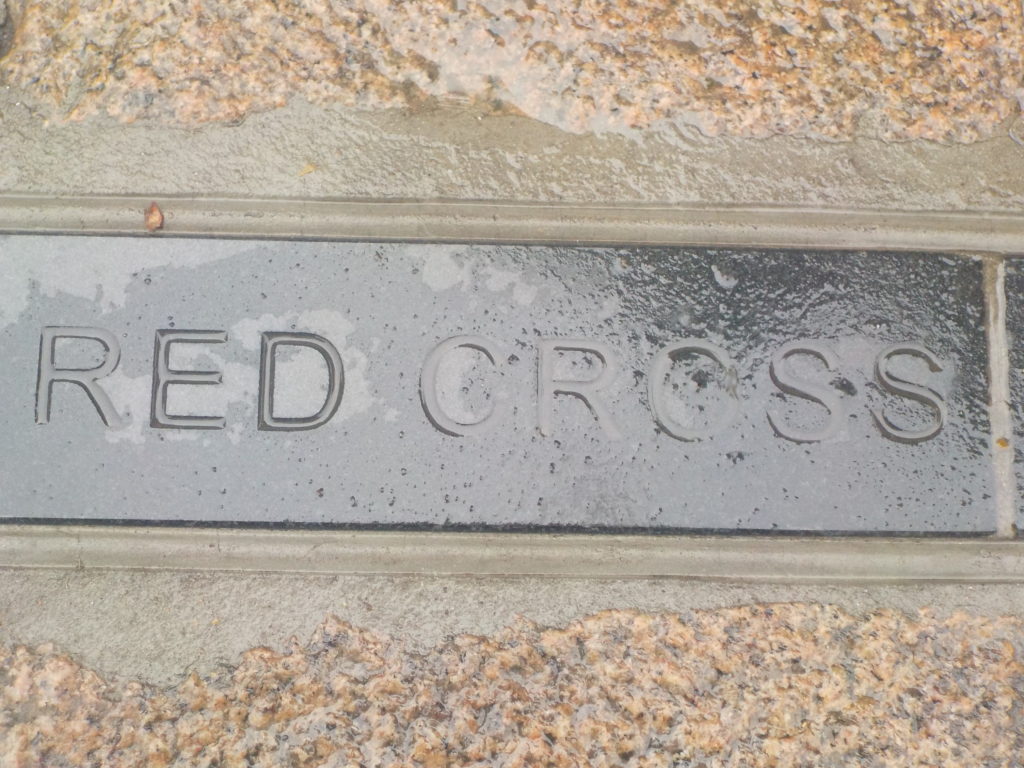
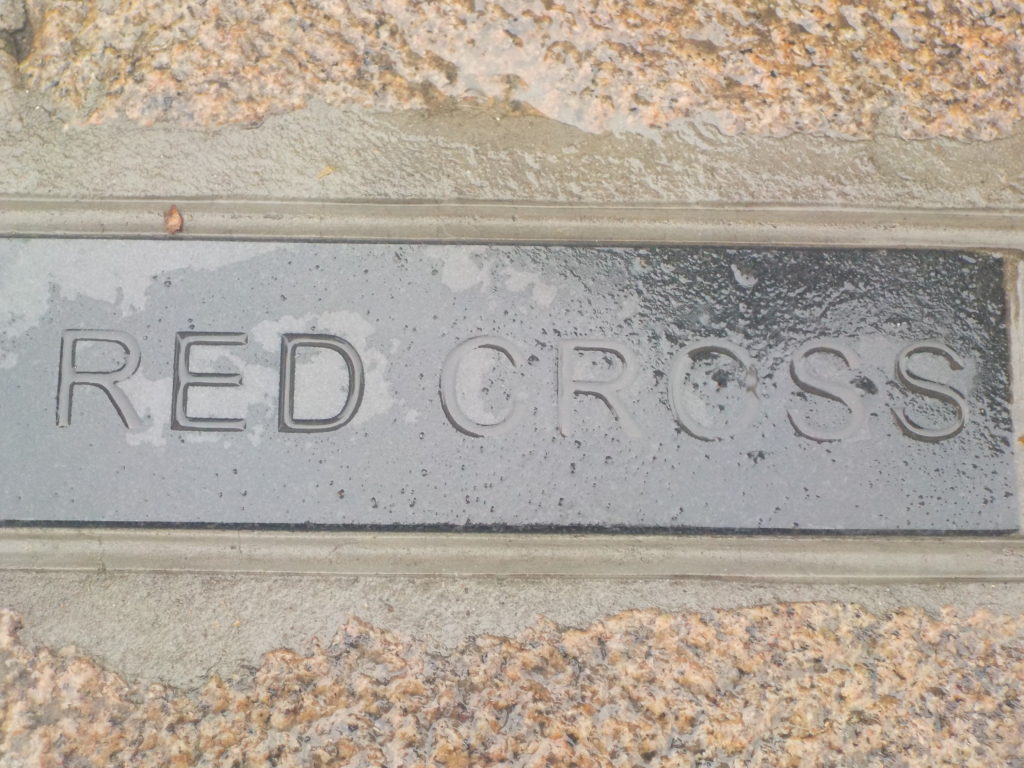

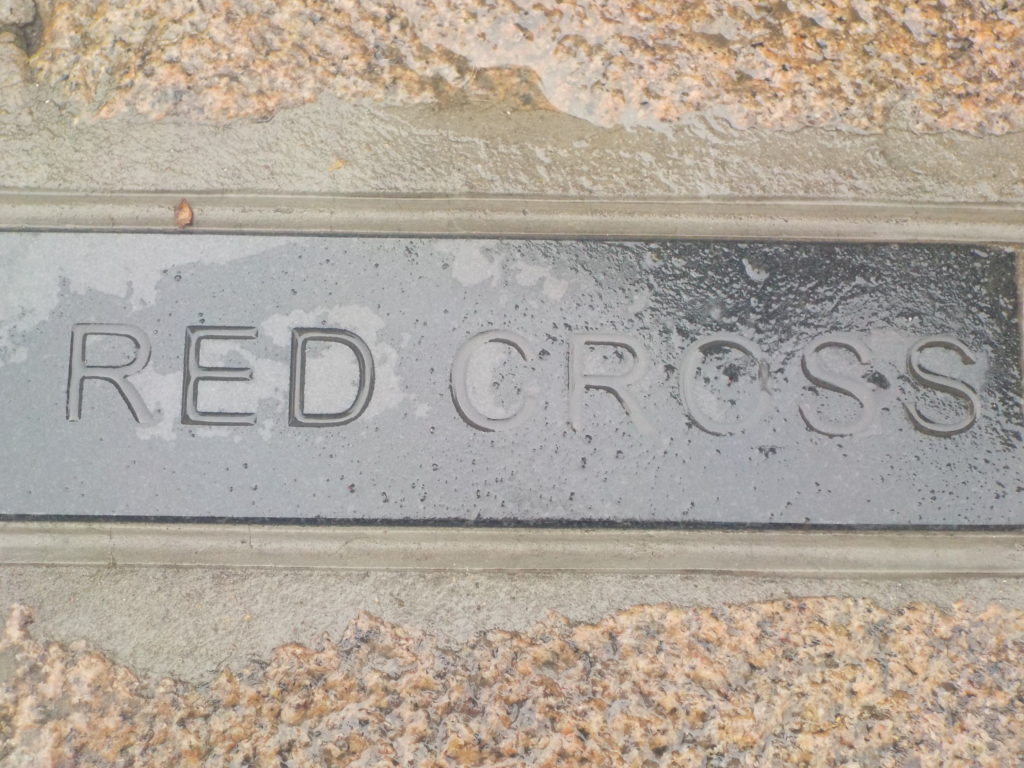
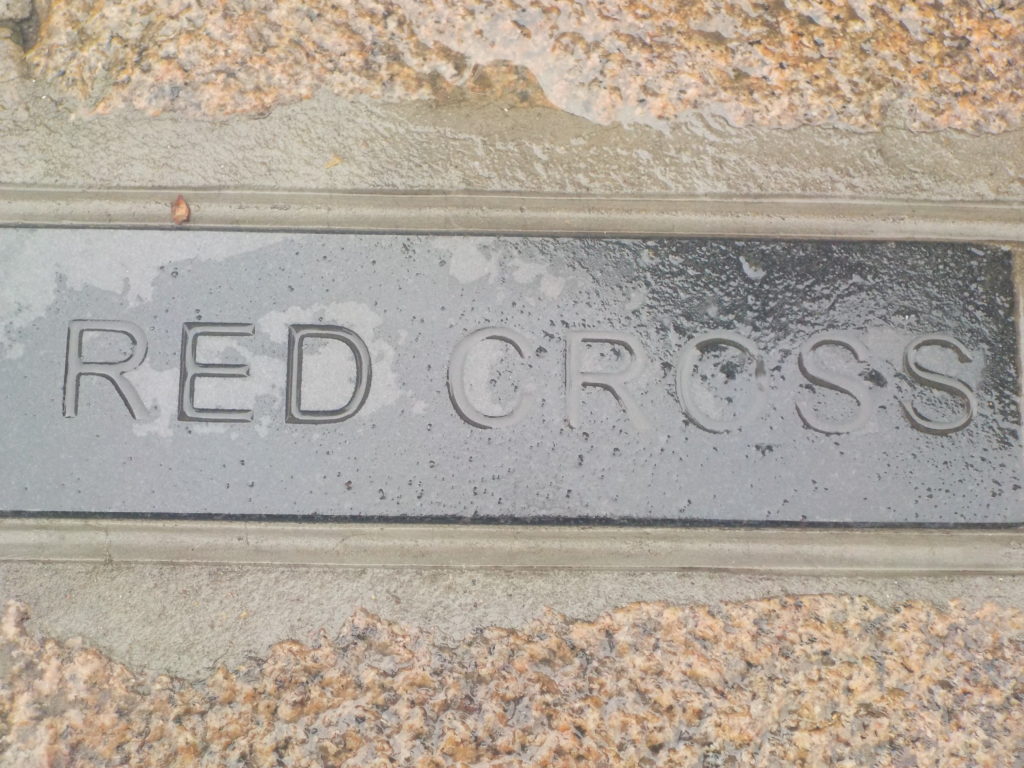
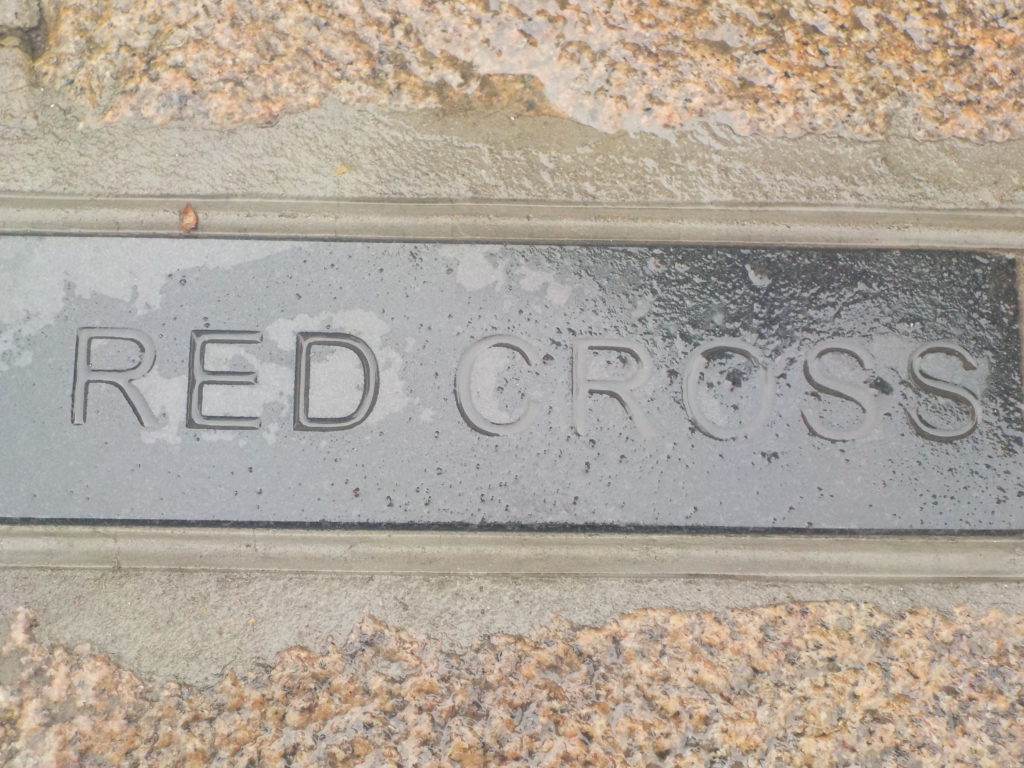
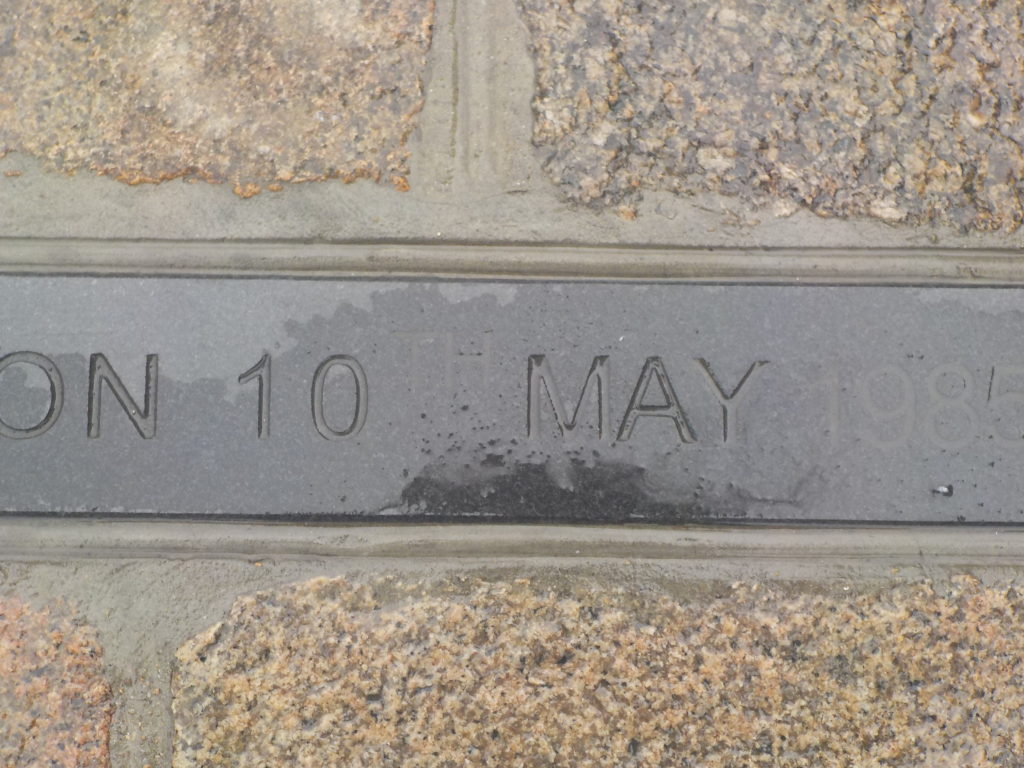
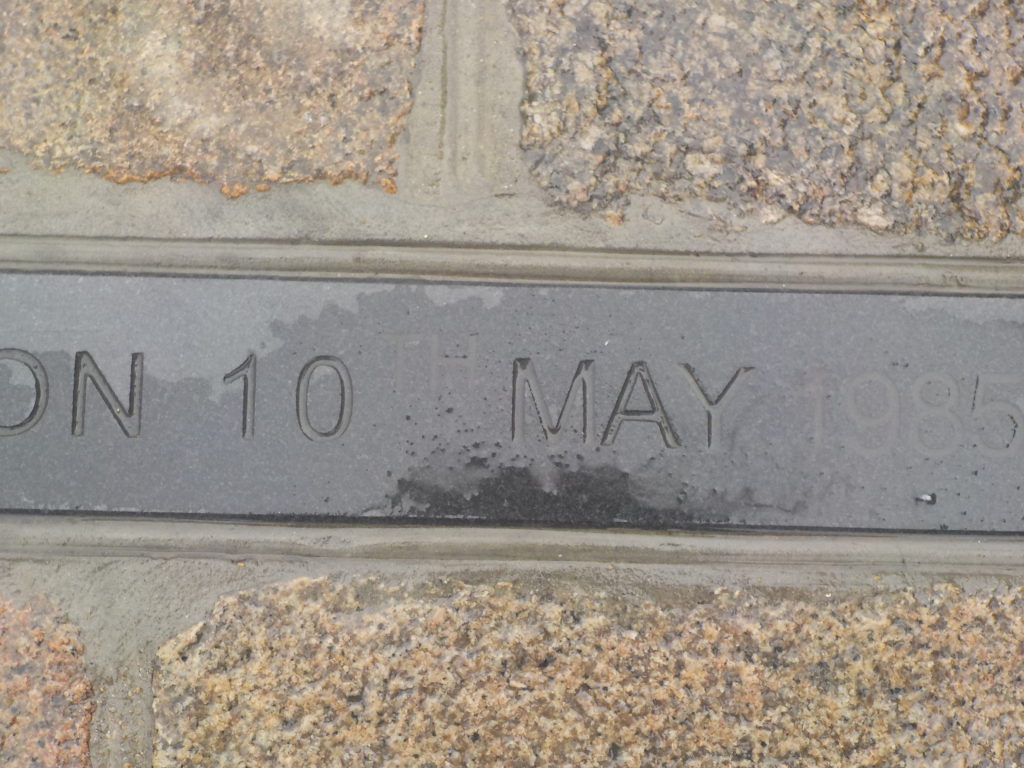
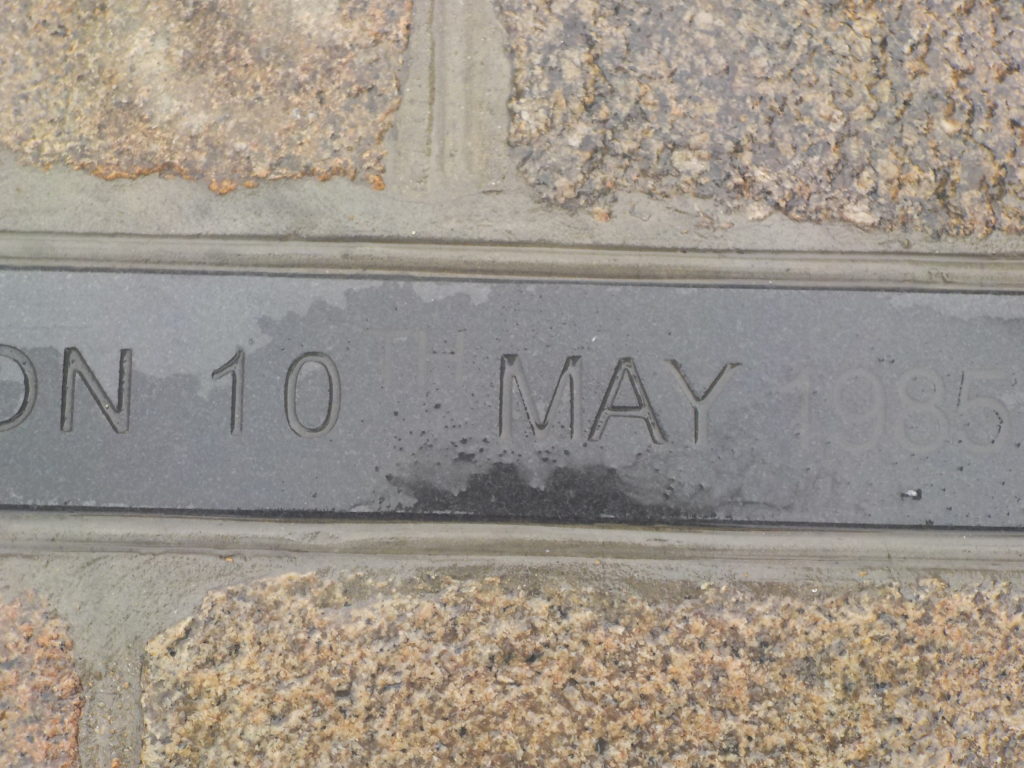
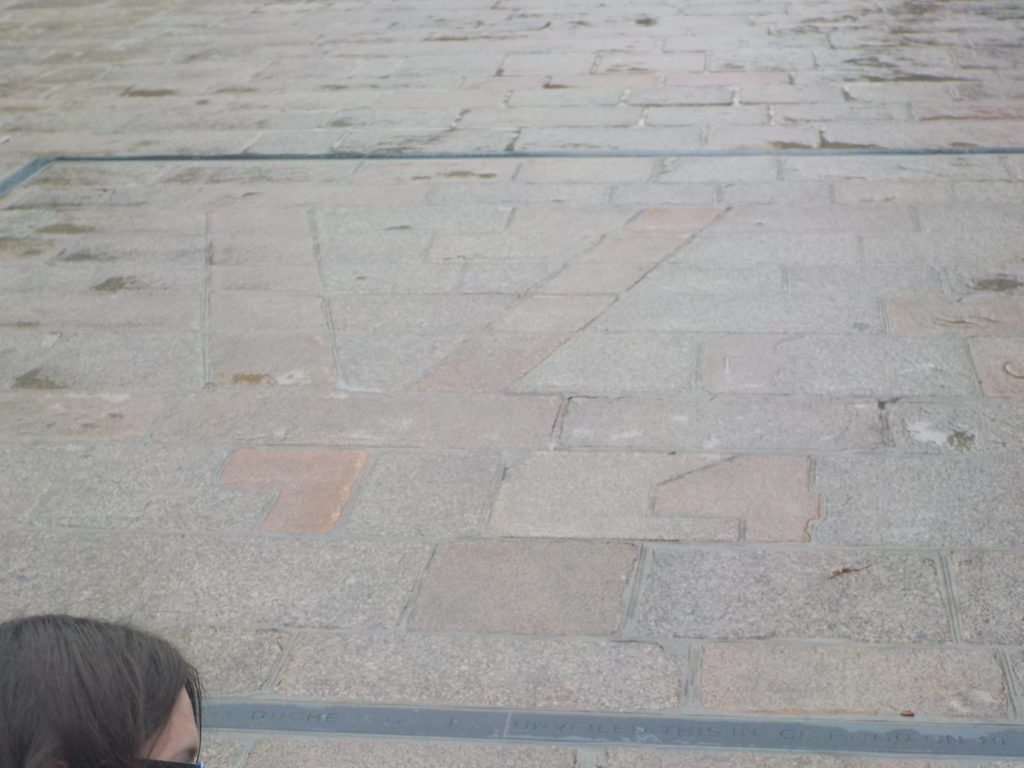
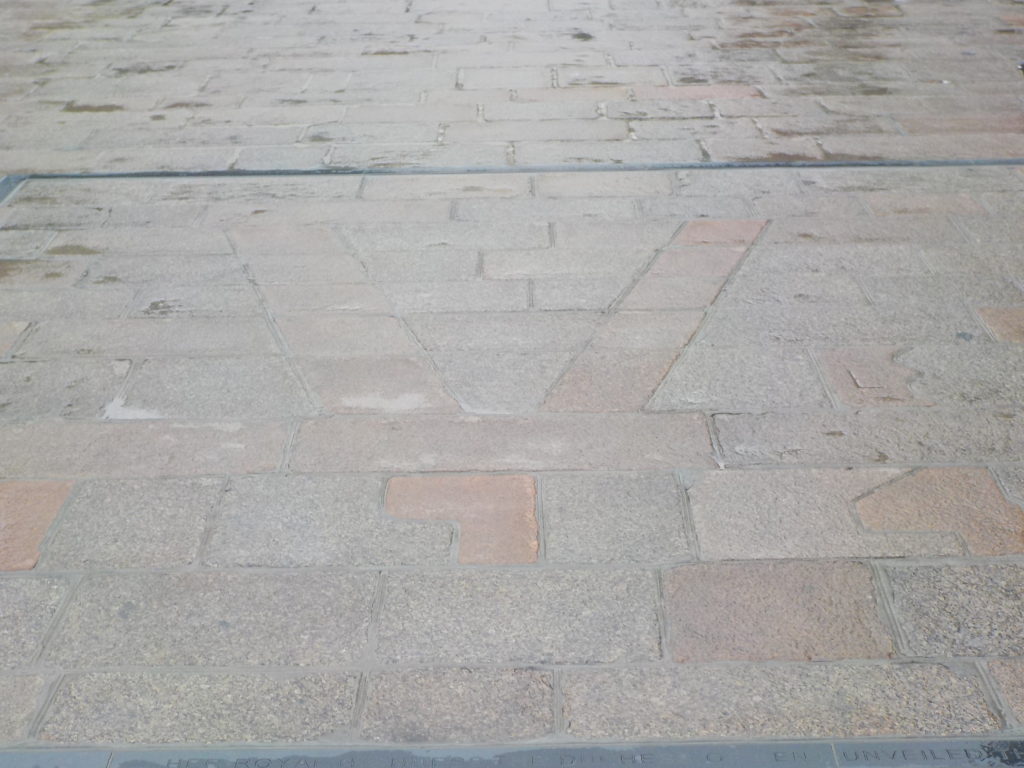
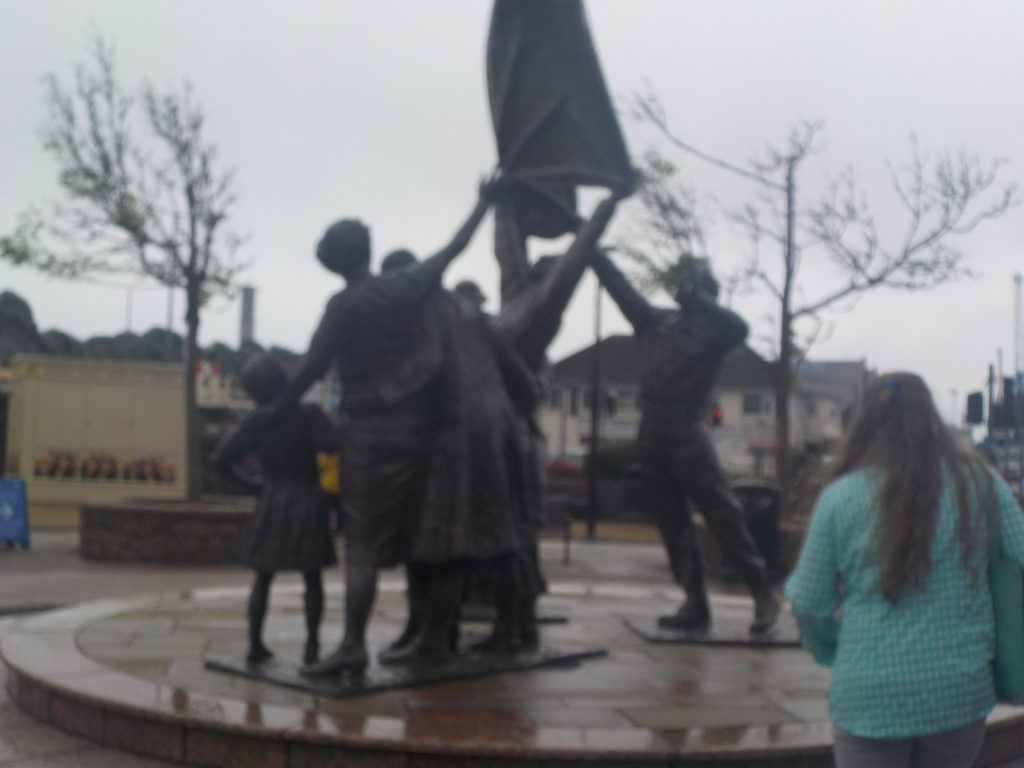
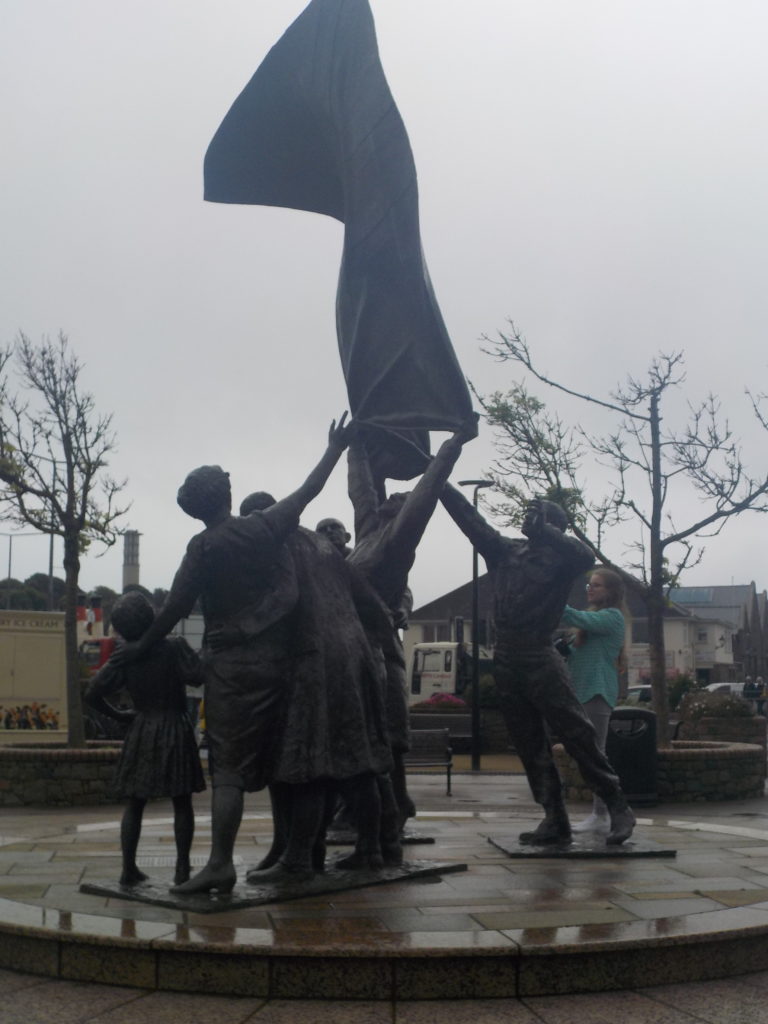

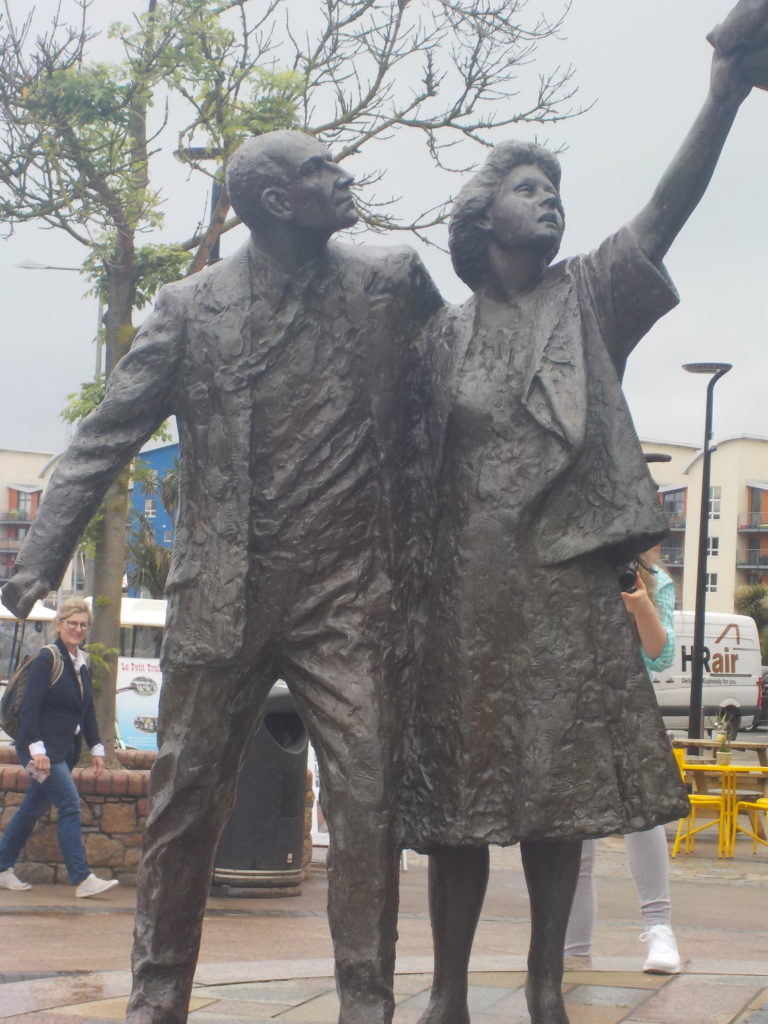
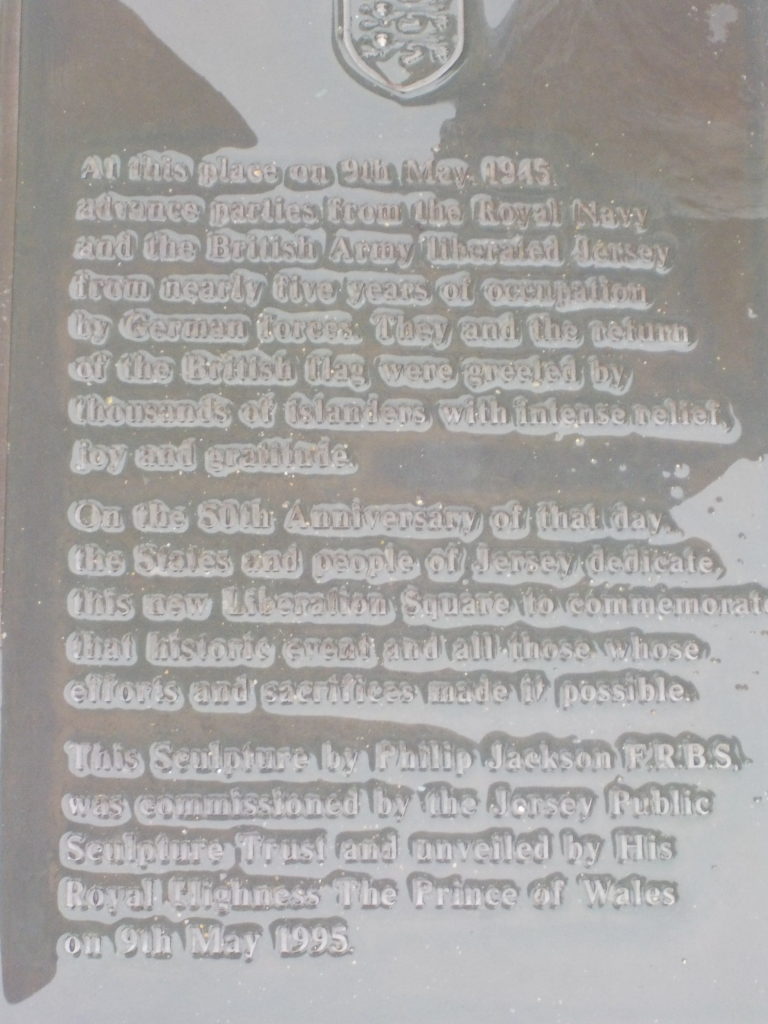
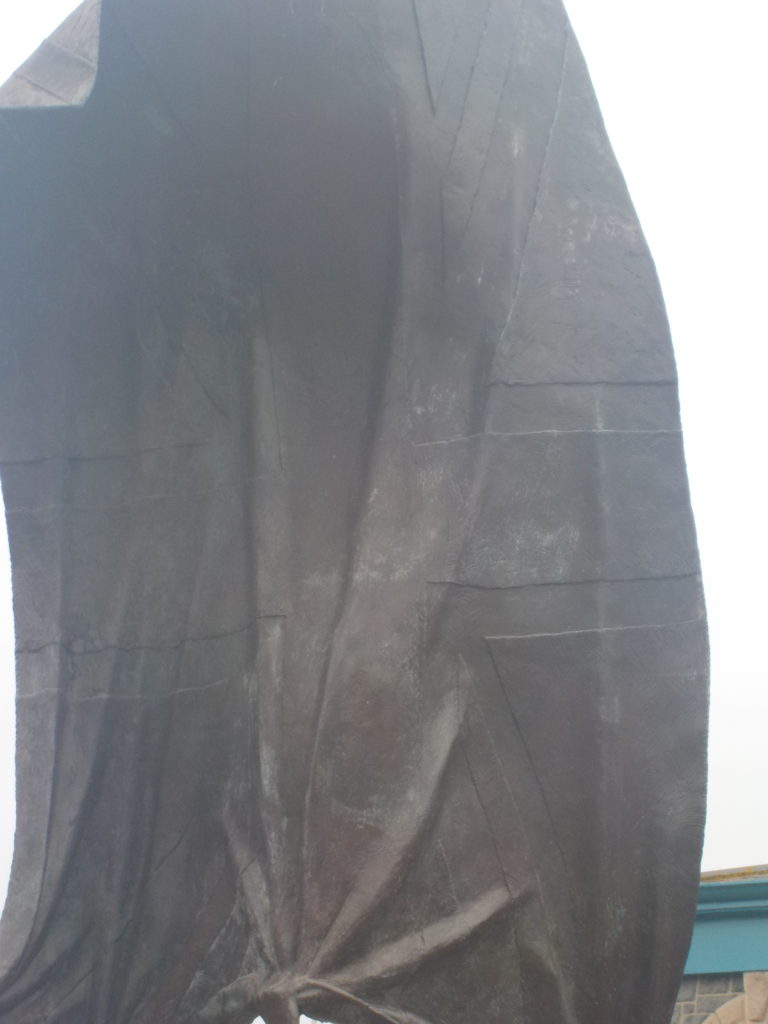
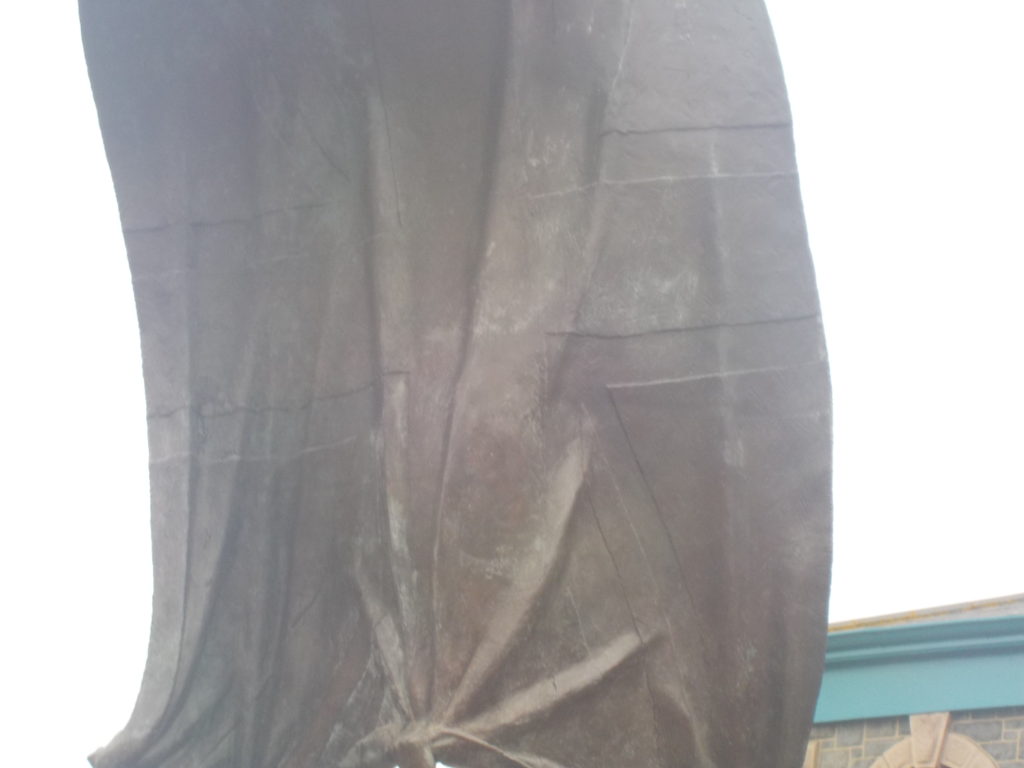


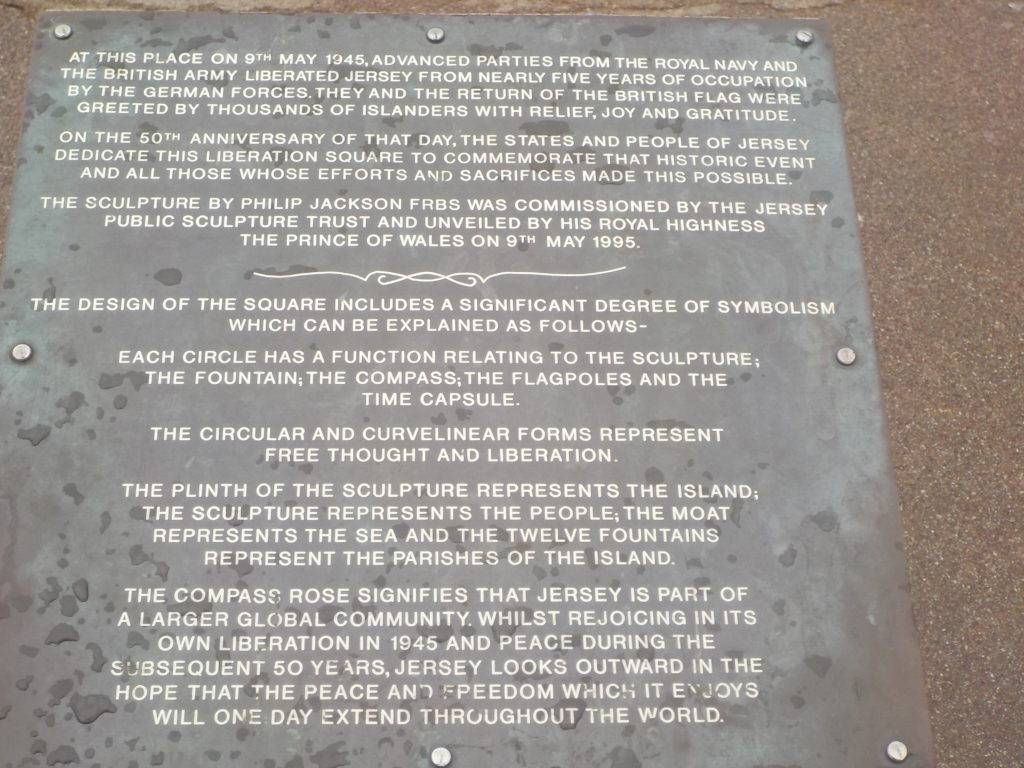

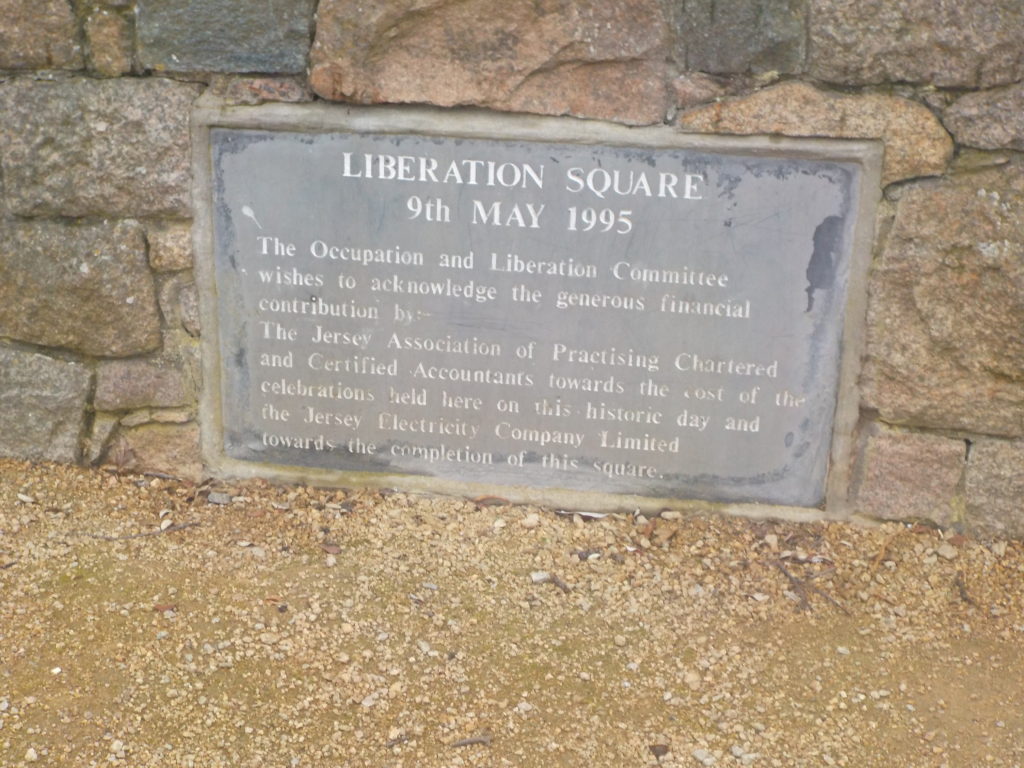
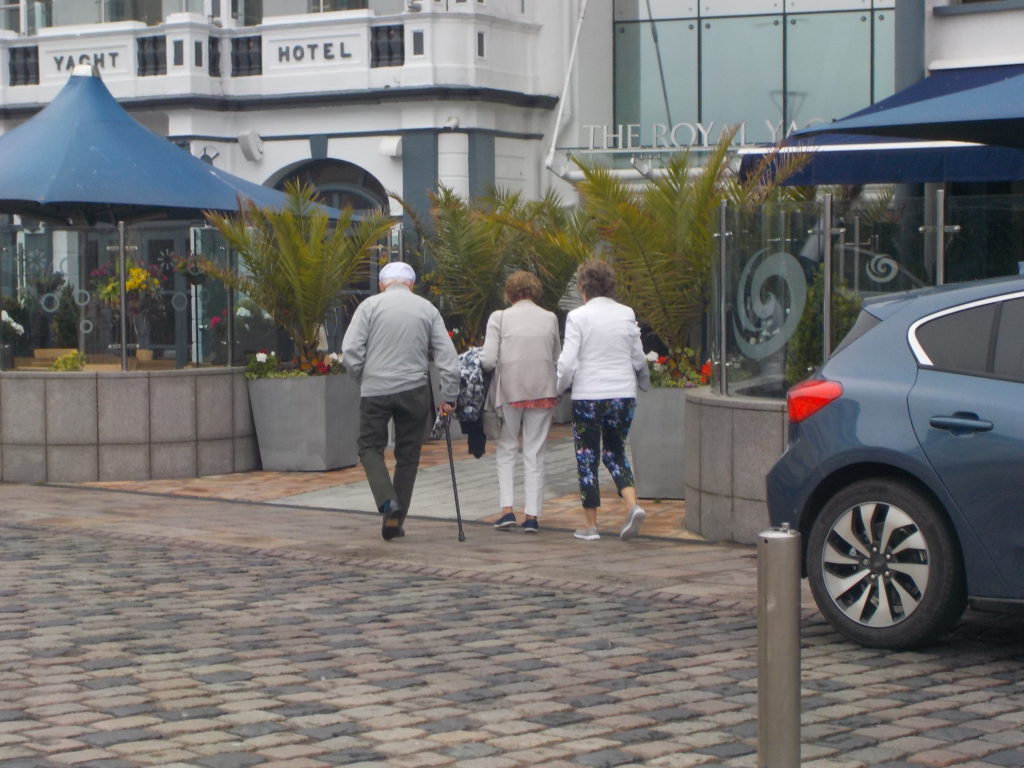
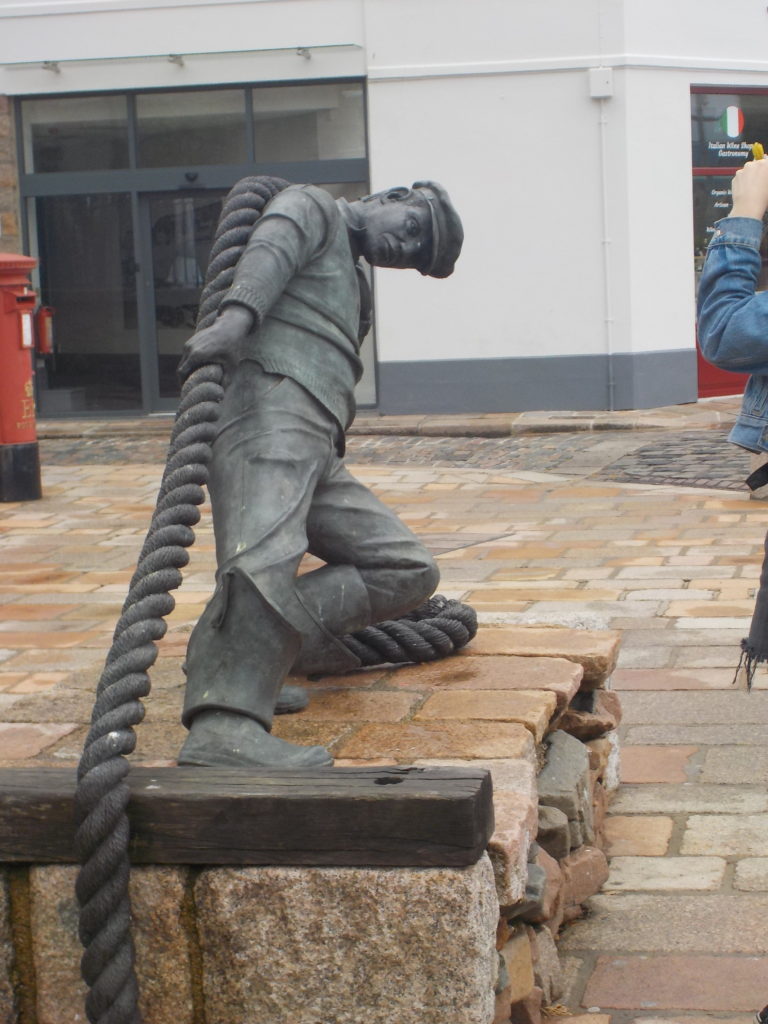
For my A2 photography coursework, I will be studying the occupation of Jersey. The island came under Nazi occupation on 30th of June 1940 as the Channel Islands had been declared as a demilitarized zone by the British parliament. The German forces invaded the Island and Jersey remained under Nazi Occupation until the 9th of May 1945, when the island was liberated following the declaration of allied victory in Europe.
During the Occupation, The Nazis set about fortifying the island with bunkers and tunnels as a part of Hitler’s Atlantic wall. The Channel Islands were the most heavily fortified parts of the Atlantic wall, with the overall total of extracted rock from the island standing at 244,000 cubic feet, compared to 225,000 cubic feet for the whole of the rest of the Atlantic wall excluding the Channel Islands.
After Liberation, Almost all bunkers and fortifications were left standing as a reminder of the Islands past. Today these fortification still stand, 70 years on and are a common feature of the islands landscape. Many fortifications have been kept in good condition and preserved by the Channel Islands Occupation Society, whereas some minor buildings and fortifications have been left to nature.
The occupation itself has created a legacy for the Island in terms of the Islanders stories of occupation and many family ties to the occupation. My grandparents lived in the Island during the occupation,My grandmother lived in The island at the time in Valle des Vaux and my Grandfather lived at Janvrin Road. I have grown up being told stories of the war,such as the time my grandfather and a friend of his ran to a German bomber crash site and took bullets and souvenirs from the wreckage. My family are in possession of an authentic German bayonet that my grandfather stole from an officer who had left it on a low wall. I would like to locate this artifact and many others my family are in possession of and photograph them as a part of my project.
The German occupation on Jersey started early in the war. This was just after the British government demilitarized the island. The Germans began taking Jersey at the end of June not knowing that it was demilitarized they bombed and shot lots of different sites on the island injuring lots and killing a few. Later, on the 1st of July, a German officer spoke to the people of the island and ordered immediate surrender.
After this, the Germans took Jersey and stopped news being streamed from the mainland by outlawing crystal radio sets, many risked their lives and created their own radio sets to get the news about how the war was going. Fuel was becoming more scarce and other vehicles such as bicycles were only available for use by people connected to essential services.
The occupation of Jersey lasted for five years from 1940 to 1945 and the Nazi rule was stopped by the 9th of May 1945, with the Second-in-Command for Guernsey, General Siegfried Heine signing the instrument of surrender on behalf of the German command on the Channel Islands. After this, he was ordered to immediately remove all German flags and ensigns from each of the channel islands.
What is a photo album?
A photo album is a book/ series in which an individual has collected images for through years in order to create a memory. They are usually displayed in a book form and images A5 size i usually displayed.
For my independent study, i will be looking into my own family photo albums as a type of archive. I will share my experiences of looking through the albums to see if they work the same way as a private archive works. As an extra, i will also look through my personal photo album of my friends to see if they give the same effect.
Image of my family photo album…
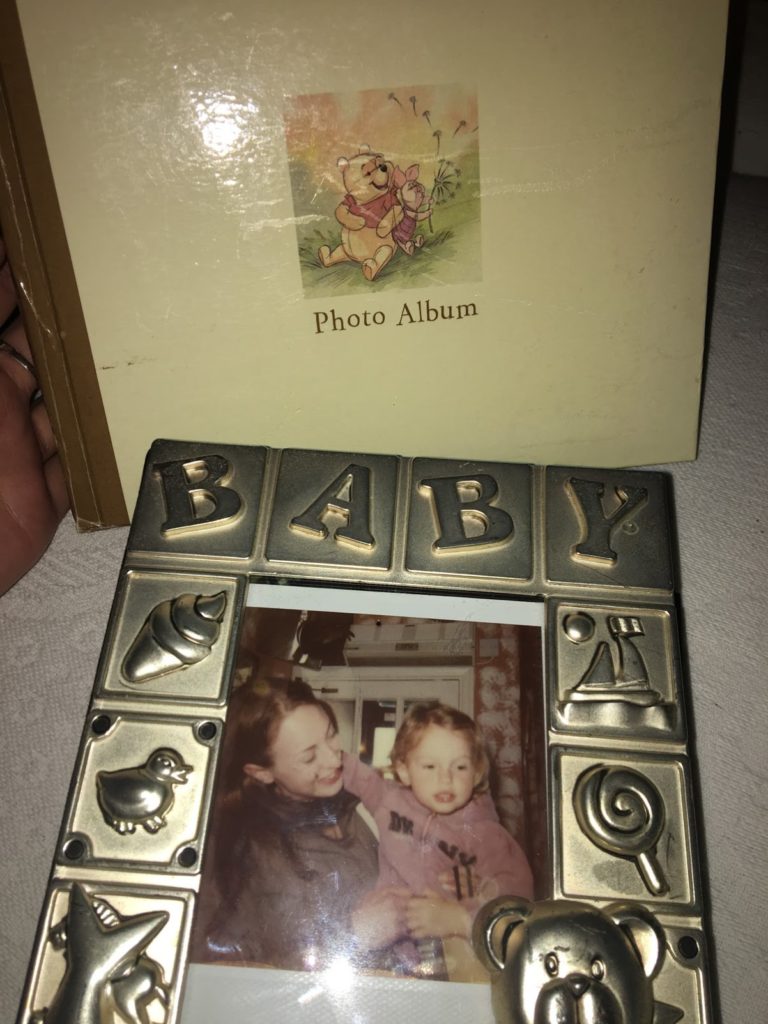
While looking through the family album, it was clear that the images were kept in case type pages in order to prevent fingerprints on the images, this gave a feel of importance as it made the images seem precious. It was also seen that all images were printed out as visual copies. Each page contained one image on each size which was a A5 shape. This allows us to be able to see the photo without being distracted by other ones, and again adding to the feel of importance. Looking at images from when i will little didn’t bring back any memories as i was too little to remember my image being taken. However, when looking at images of my little brother when he was a toddler brought back memories for me which i forgot existed, showing that images do in fact bring back memories.
To extend looking into photo albums i also analysed my mother while she was looking through the same photo album as i was and her reaction was a lot more personal as she is the one who had made the photo album while me and my brother were growing up. The images allowed her to look back on the past and remind her of all the memories which she made for me, herself and other family members.
Example images..


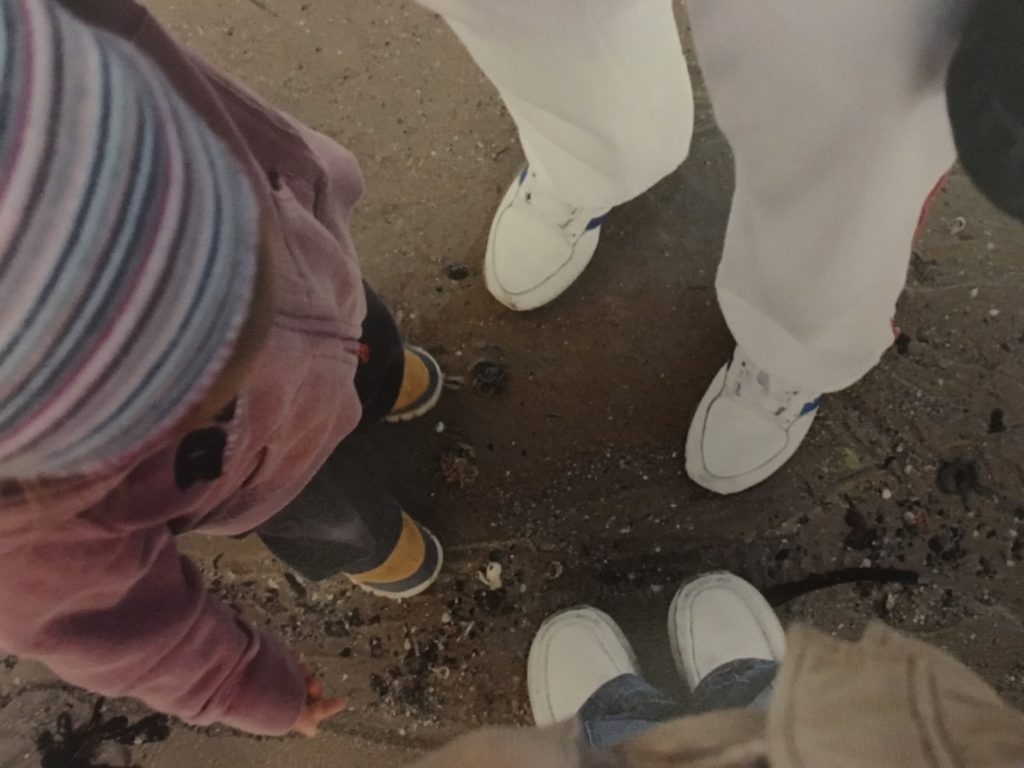
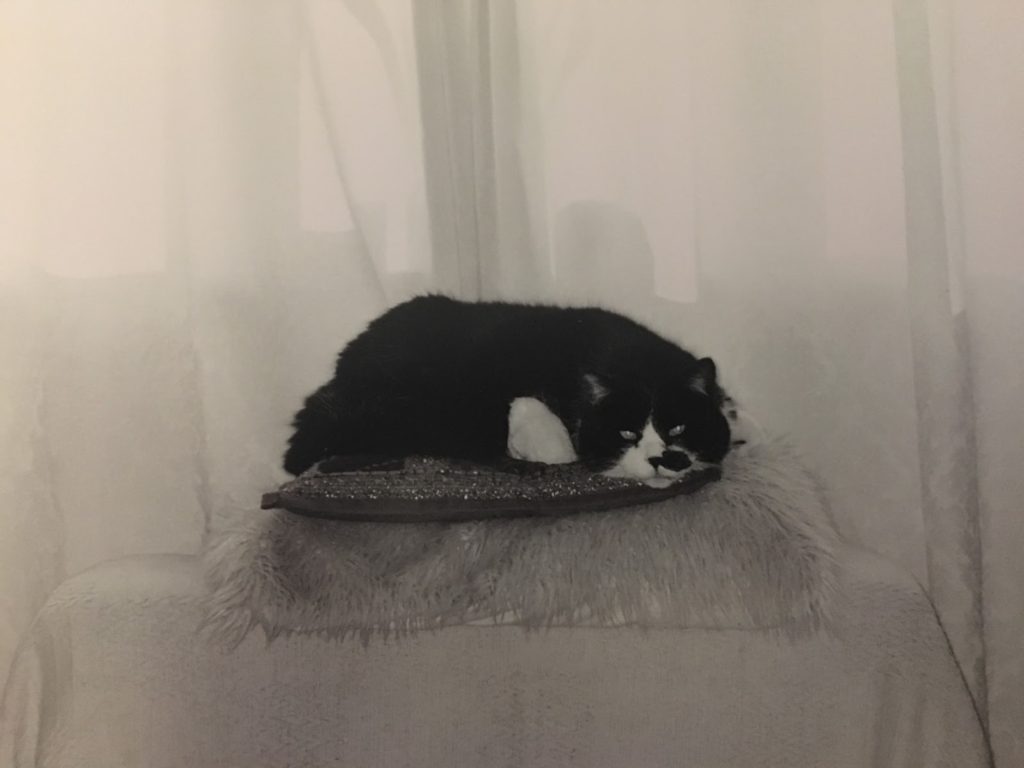
Due to my mum getting a lot more feelings while looking back on the album she made herself, i also decided to do the same thing a look through the photo album i made for myself which includes both family and friends.
I found that my photo album more of a casual feel to it because of the A4 sized images which allowed for 5 images to be displayed per page. The images were also in clear cases to prevent finger prints. Looking back at the memories allowed me to be visually reminded of elements in my teenage life as well as giving me memories which i can share with my friends due to the images rejigging my memory.
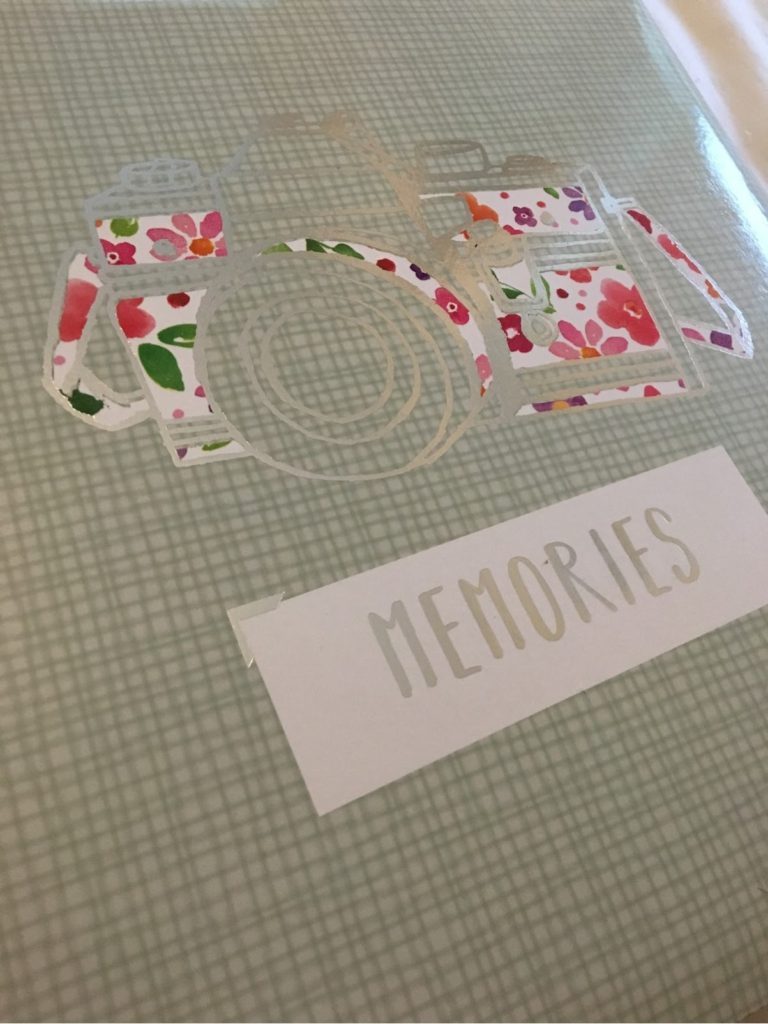
Pages from my album
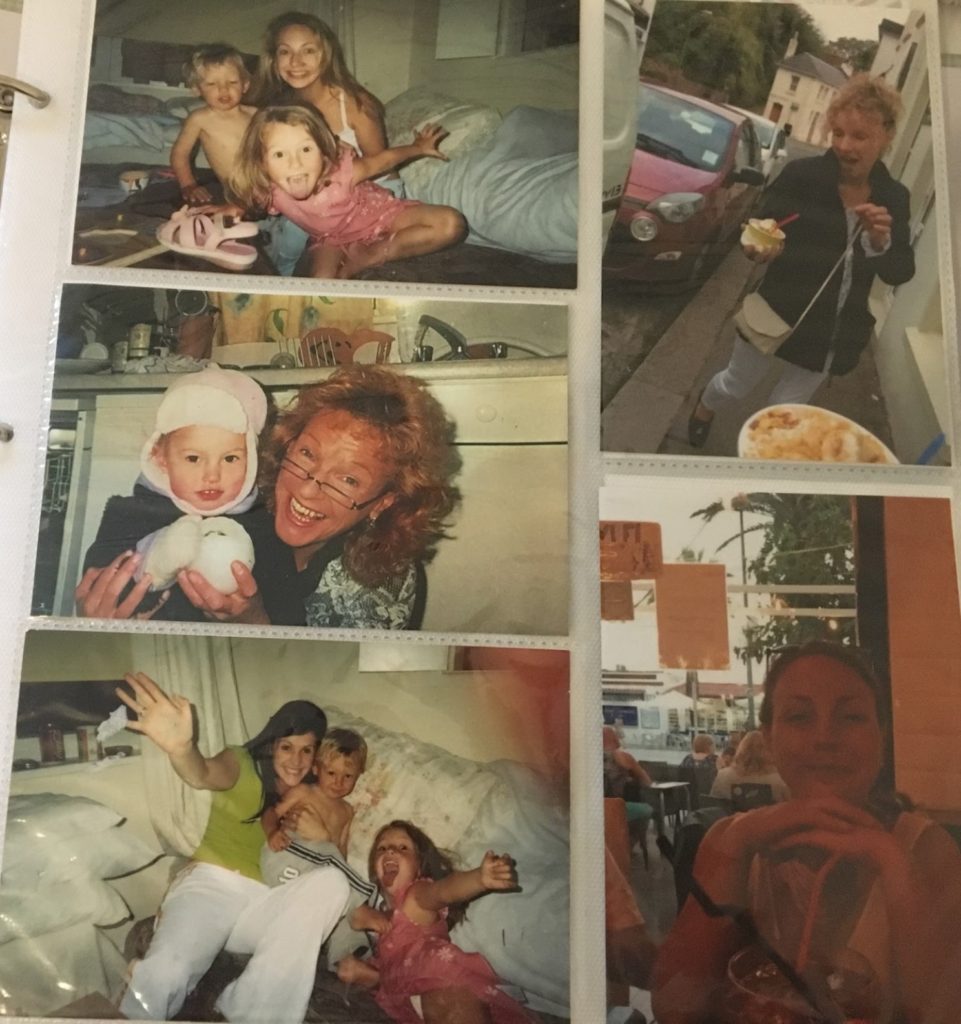
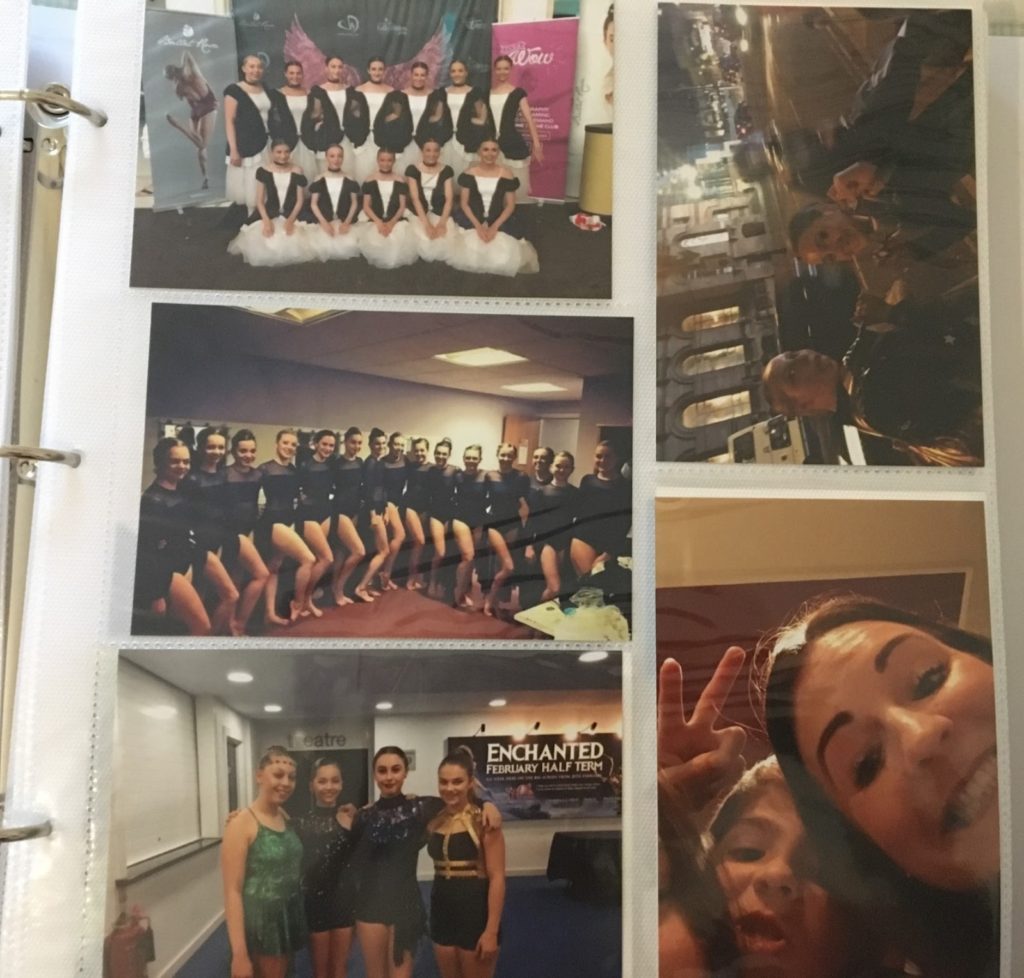
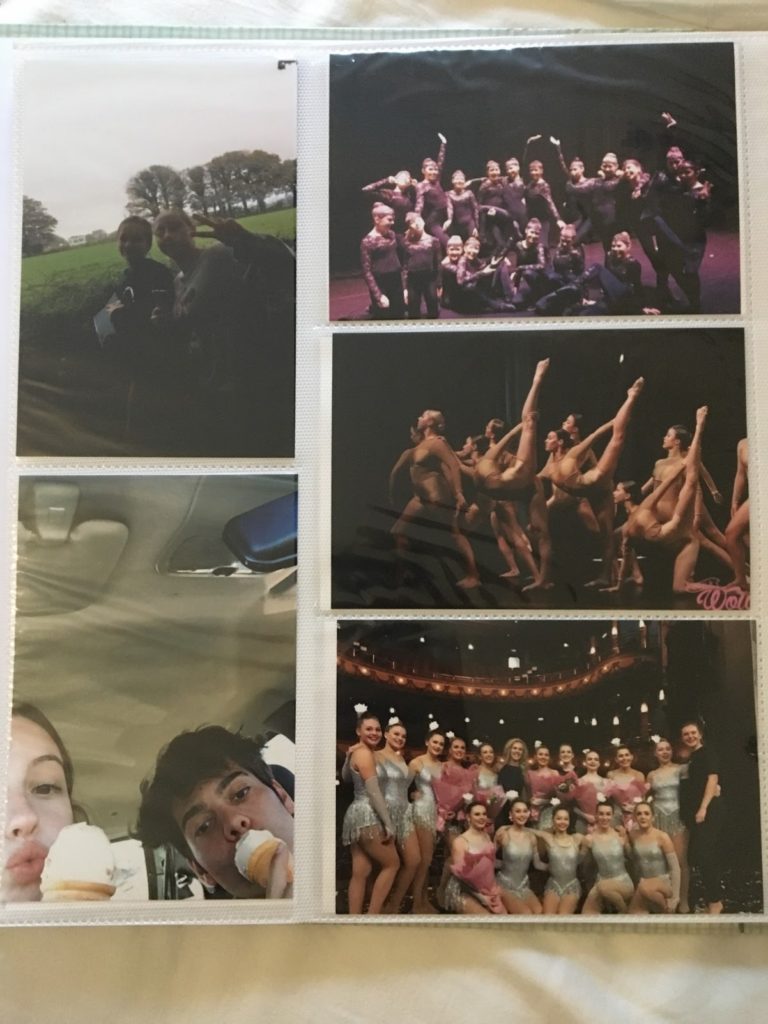
In conclusion, i found that the way personal albums work compared to archives are very different and a lot more casual. As archived images are kept in cold rooms where you have to wear gloves to touch the images, it showed that the clear cases and personal images which we have at home are a lot more family friendly as they are allowed to be touched without gloves and don’t need a daily temperature check. However, this experiment also allowed me to realize that archives are all around us and they will always be a way of keeping images and it doesn’t matter how much technology is introduced. It has also been proved that they are both the same type of archive.